Students direct the mission by voting!
0 Comments
Shrinking the vocabulary gap across the socioeconomic spectrum.It is well documented that children in lower economic status homes typically have a much smaller vocabulary than children from more affluent homes. (Check out links to some of those articles below.) This smaller vocabulary puts them at a significant disadvantage. We want to close the "word gap!" We introduce and practice a wide range of words in our videos, livestreams, and lessons. We support vocabulary acquisition though multiple pathways and strategies based in best practice so that ALL students have a chance to learn and apply new words.
Download word cards and vocabulary lists!This approach works! I love this story from a teacher. As one of her kindergarten students was walking with his parent to the family car after school, this child stopped in his tracks and picked up a shard of plastic. He held it up and examined it carefully as he verbalized his thinking. "This looks like a broken tail light, but I notice that the color and pattern is different than the tail light on our car. The phenotype doesn't match!" The astonished parent related this tale to the teacher who revealed that phenotype was a Go2Science vocabulary word for the current mission. She went on to provide the definition for the parent.
For more info check out these links:
SES differences in language processing skill and vocabulary are evident at 18 months (https://www.ncbi.nlm.nih.gov/pmc/articles/PMC3582035/) Early Learning and School Readiness: Can Early Intervention Make a Difference? (https://muse.jhu.edu/article/173860/summary) Tackling the "Vocabulary Gap" Between Rich and Poor Children (https://www.psychologytoday.com/us/blog/the-athletes-way/201402/tackling-the-vocabulary-gap-between-rich-and-poor-children) Need to share livestream archives with students?This is the place! At the end of each livestream day, we'll select one session to archive and post it on our Livestream Archive page AND post safe links here. If your students are working remotely and you need to share our livestream archives with them, simply grab the link and share it through your learning management platform. Each bit.ly link takes students to a video.link (formerly Safe YouTube) version of the archive. This version eliminates related content and other possible distractions. If you need an alternate format, please drop us a line at [email protected] and we'll do our best to accommodate!
Tips for Modifying Lessons for Distanced and Remote Learners! Each week, we provide two new lesson opportunities. Some will be very easy to adapt to a distanced classroom setting while others may require a bit more thinking. Remember, you can skip any lessons you choose and still provide your students with a great mission experience. Even under normal conditions, it is rare that a class does EVERY lesson associated with a mission, so be kind to yourselves. I'll add to this page weekly so you can find adaptation ideas for the lessons you DO choose to do. Day 1: To Namibia
Day 3: Big Babies
Day 5: Scarcity & Relative Abundance In person with distancing: This active game should also be safe to play outdoors following your school safety protocols.
Day 6: Saving Rain Water
Day 7: Scorpion Hunting
Day 8: Elephant Communication
Day 9: Seeking Shade
Day 10: Food Chains
Day 11: Sample Size
Day 12: Publishing
Drawing Conclusions
Just remember, the struggle is valuable! That's where the learning happens. So instead of rushing to give answers, ask guiding questions that help students clarify their thinking as they try and try again to analyze the data. Share content though your learning management systemEach week, we'll post links to field videos on this page so you can push them to student devices or post to your learning management system without having to set up accounts or passwords for your students. You can also send parents here to collect the links or copy and paste them and share via the platform of your choice. The videos are also visible by clicking on the video thumbnail. To ensure kids' safety, we advise teacher and parents not to share this page directly with your young students if they are unsupervised. Children should also be supervised if watching videos or livestreams directly on the site.
Fun Suggestions for Building Literacy Skills!
If you need to share comic videos directly with students you can use these safe video links to do so:
Week 1
First Grade: Young readers benefit from working on reading inflection. Reading with feeling increases comprehension and it's FUN! Equip your students with copies of the comic and have them highlight and color code ending punctuation (e.g., all periods yellow and all question marks orange). Then challenge them to read just a single sentence with feeling to a partner. Their partner should close their eyes and listen. At the end of the sentence the listener must try to identify the punctuation of the sentence they just heard! Second Grade: Print the comic in little book form for this activity. We've included more challenging words in the text boxes this week. Have students mark the ones they find tricky, then write those on the back cover to create a mini glossary! They can add definitions after they consult with friends or other resources to determine the meaning. Week 2
short vowels; pop, zop, zup, gulp, pip, sniff, gag oddballs: boing, arf What's left? "Woof" where does your class think it belongs? Why? You can build on the vowel work last week! You can take this further and sort the short vowel words by sounds too. Sorting and classifying helps children internalize language patterns and helps them be better readers AND spellers! First and Second Grades: As they year progresses, we've increased the reading challenges in the comic. Many of the tricky words will be familiar by the end of the mission but may seem a bit daunting now. Empower your readers by taking a moment to go on a big word hunt. Arm your eager word hunters with highlighters and set them loose! You call out a big word such as "herbivore" and challenge students to find it in the comic. You can narrow the hunt by working with a single frame or increase the challenge by expanding to a full row or even the whole comic. Continue with more words before reading the comic. By previewing some of the tricky words, your students can have more confidence as they read the latest episode! Week 3
First and Second Grades: Choral reading opportunities support a wide range of readers at once! Divide your class into thirds for this fun reading activity. Project the comic and have one third of the class read Data Dog's speech and thought bubbles, one third read Curiosity Cat's lines, and the third group read the text boxes. You can go one step further and have a captain for each team point to the text to be read. Challenge teams to read with expression! Now, find someone to listen to the class read the comic. Why not invite the principal in to enjoy the performance? :-)
First and Second Grades: Older students can work on predicting and inferencing too. Try the strategies above, but have students read each pane and then predict what happens next. Challenge students to write and illustrate what they envision happening in week five! Be sure to share what your students create on our publish page. We love to see what you are doing! Week 5
Then just follow this procedure:
First and Second Grades: This is a teaching and tech tip all in one! You can use most word processing or presentation applications (Pages, Word, Keynote, PowerPoint, etc.) to help you play a mystery word game. Here's how:
Week 6
Where do students think Curiosity Cat and Data Dog will go next year? We'd love to hear those predictions so please post them on our Publish It! page!
Mini Curtis, bingo boards, animal cards, and more all in one spot!Investigating a Go2Science hypothesis can be a simple as watching the 3-5 minute hypothesis video, then watching and discussing the twelve 5-6 minute field videos. However, we provide loads of ways to take learning farther. Our lessons, livestream, voting, 3D printing, comics, music videos, and publishing live right on the the Go2Science website. However, our BONUS content can only be found on this page!
Decisions, Decisions...
|
Details
Meet Beth and Curtis!Presidential Award-Winning teacher and hula hoop fanatic, Beth loves bringing real world science to kids! Beth is fascinated by engineering challenges, technology, and outdoor learning spaces. After 25 years teaching kindergarten, she’s excited to share her passion and experience on-line with classrooms from around the world! Archives
May 2021
Categories
All
|
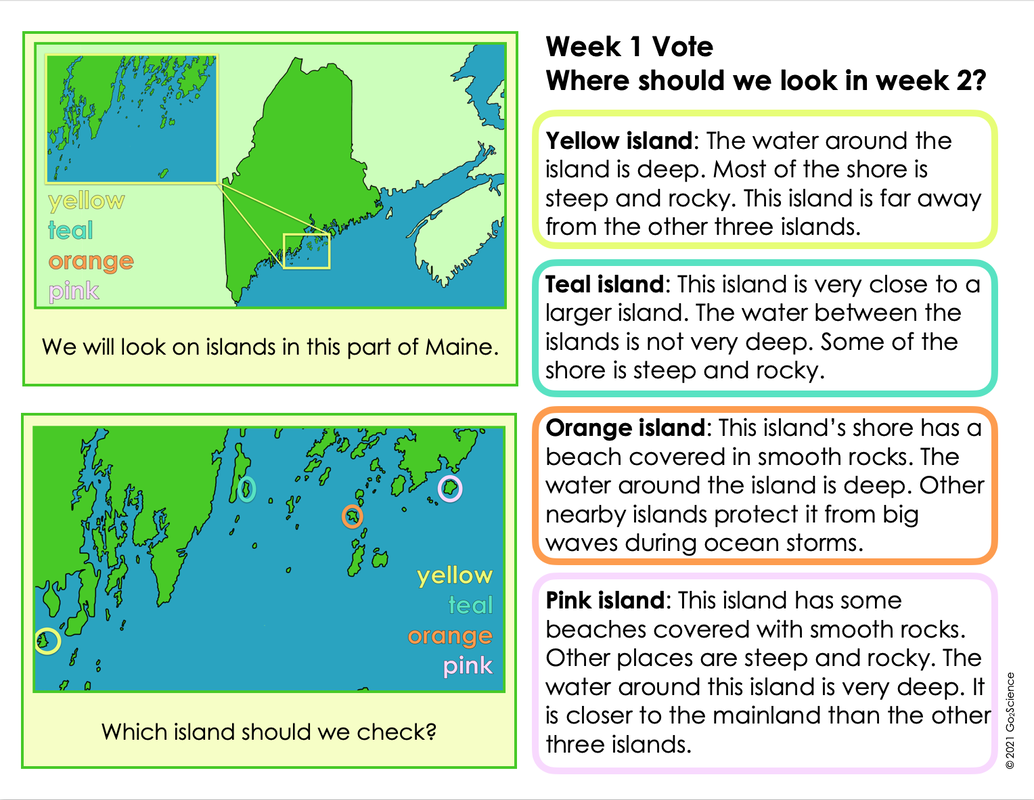
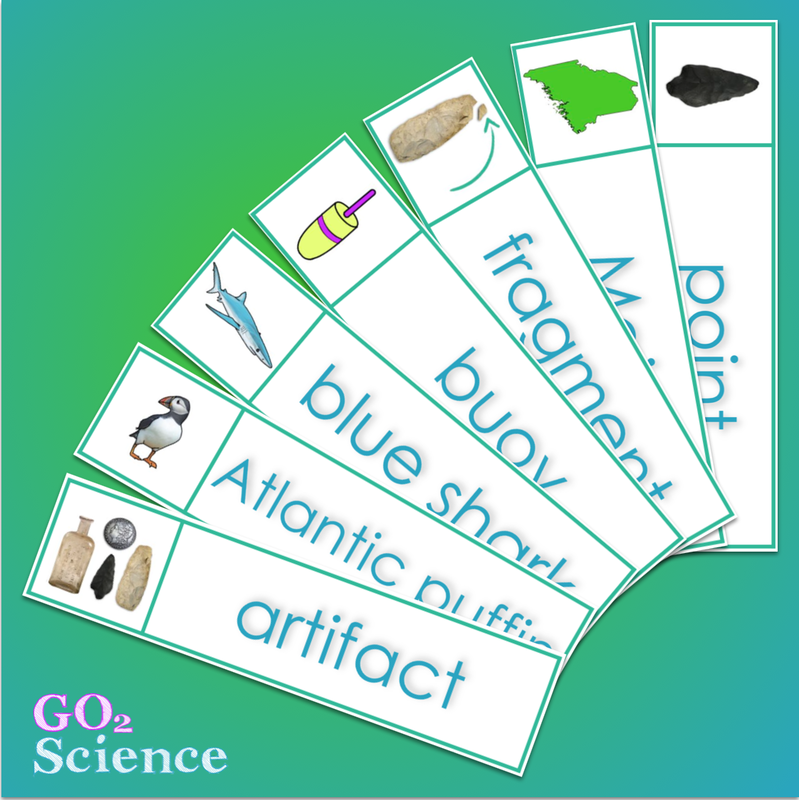

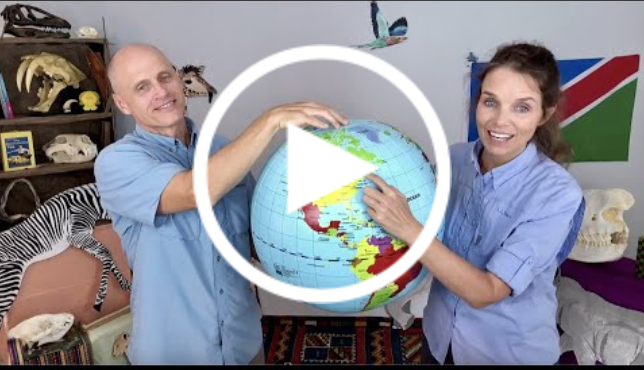
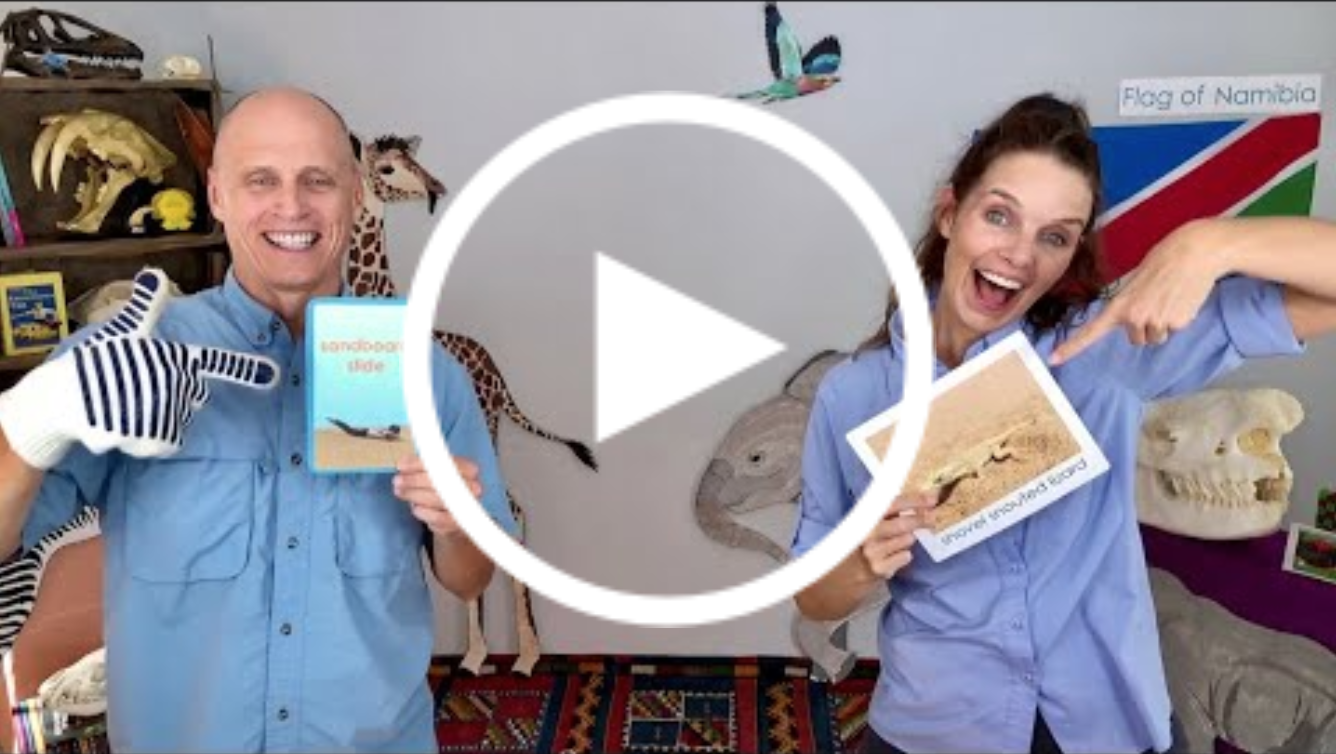
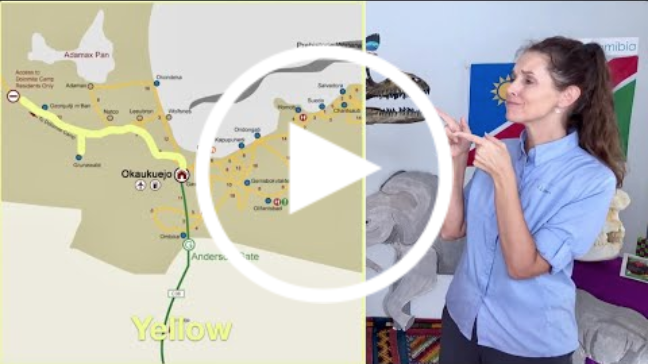
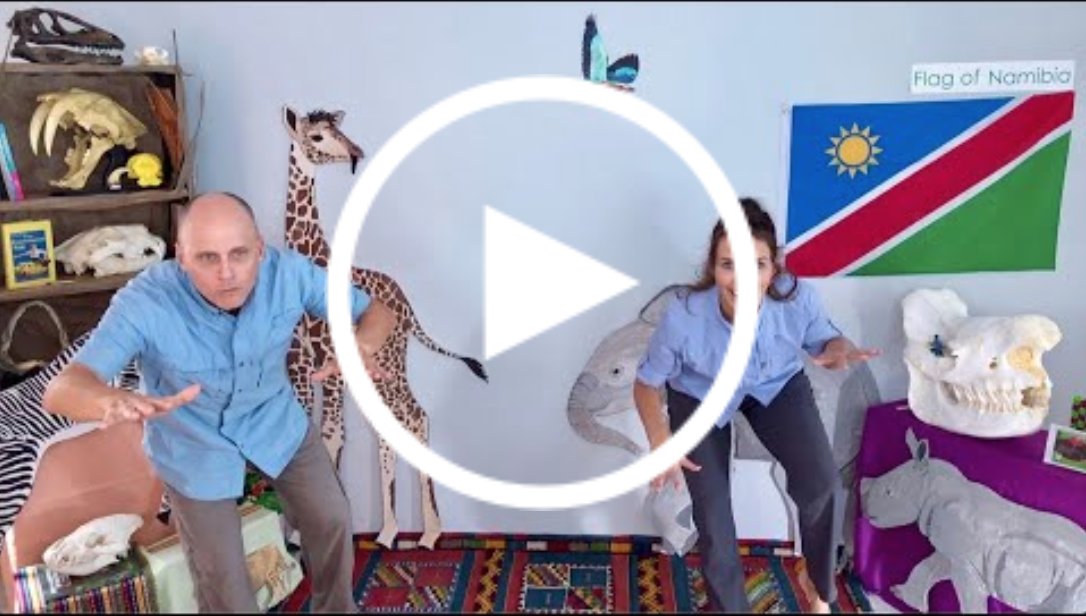
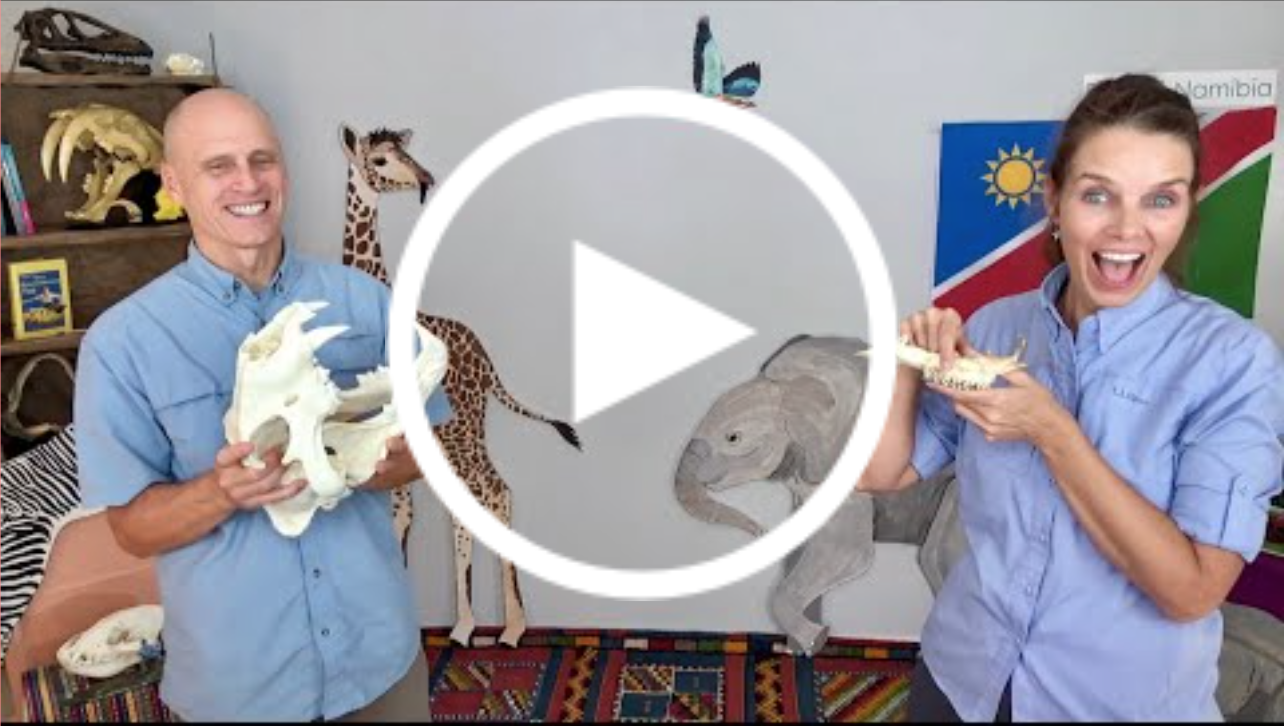
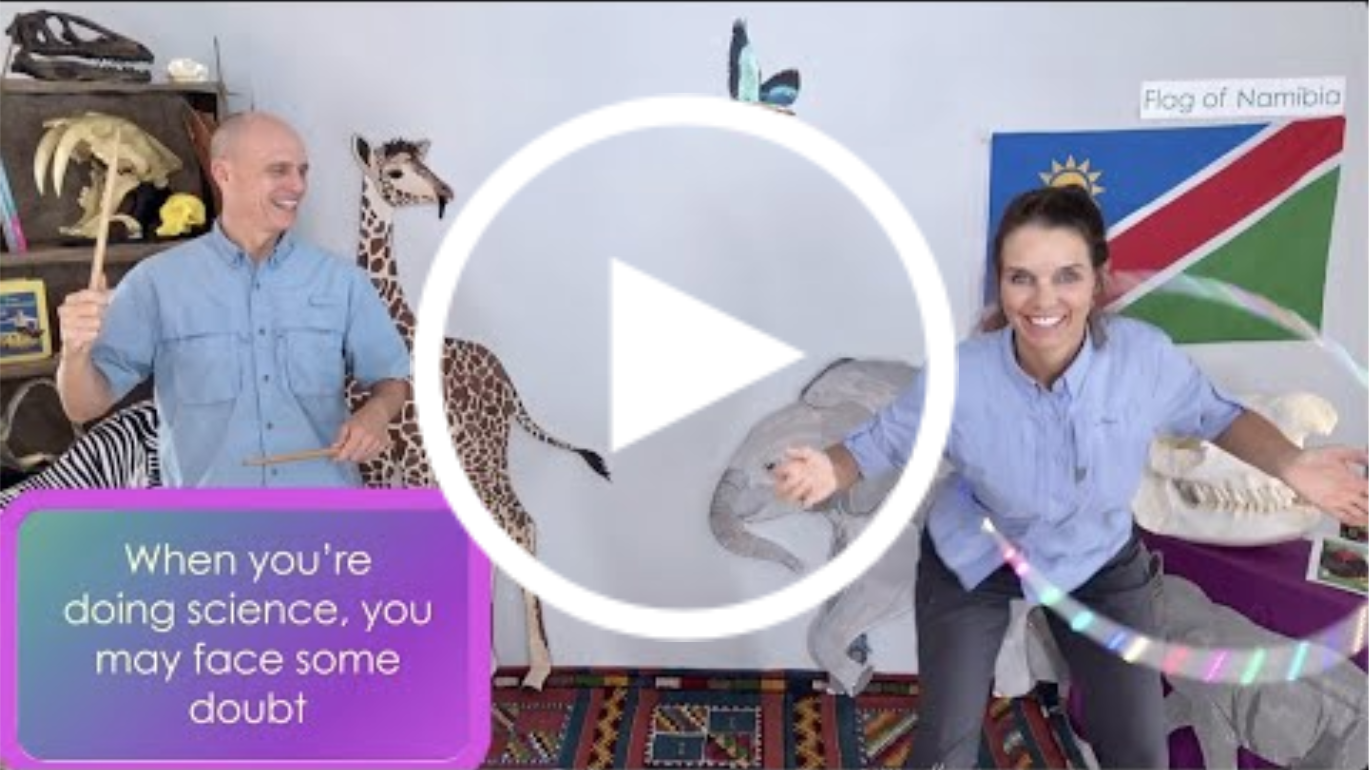
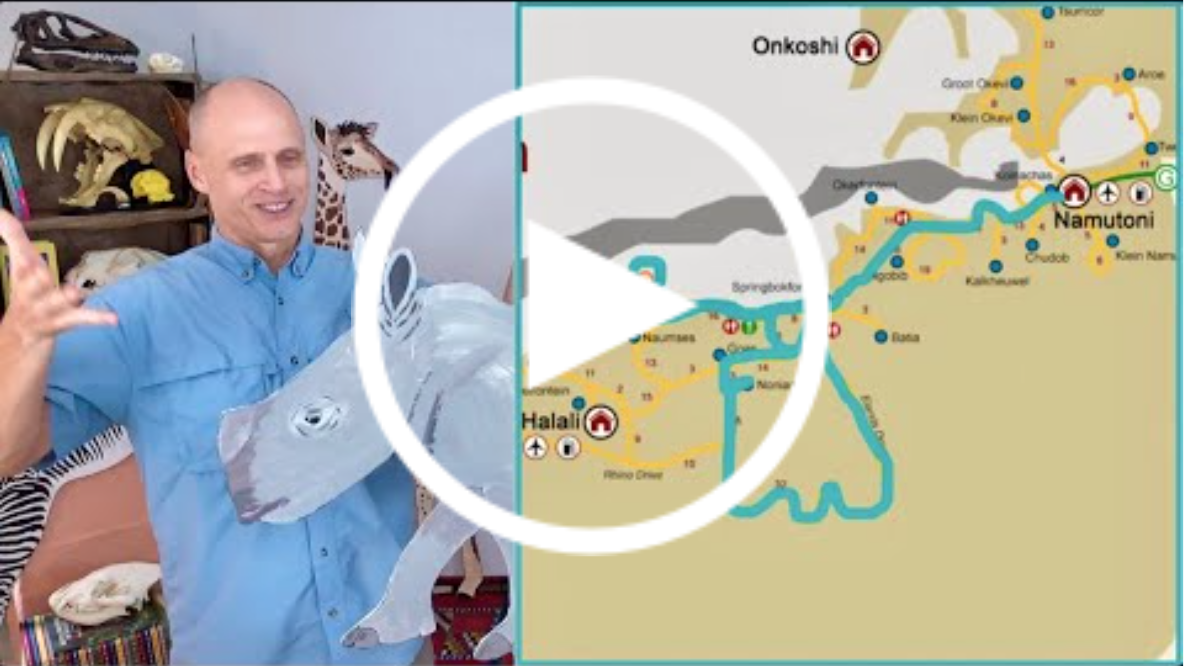
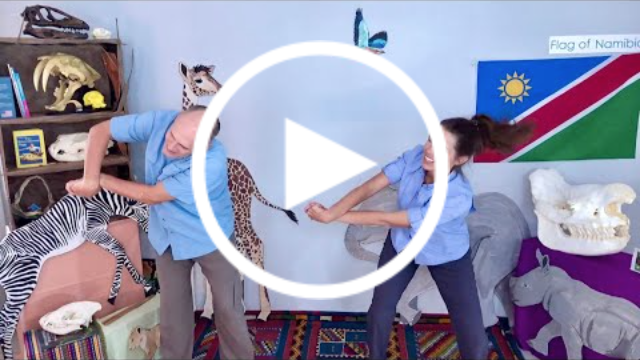
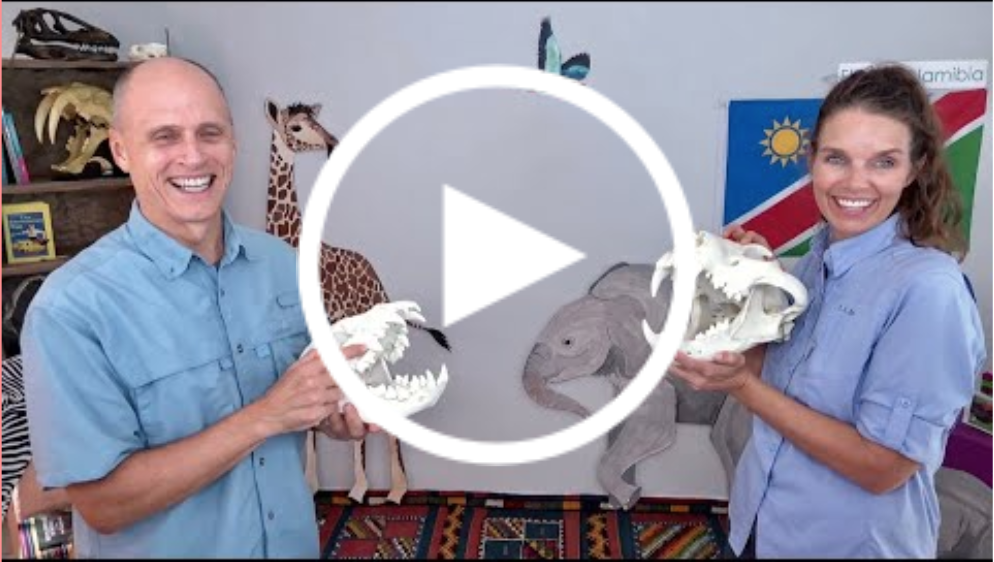
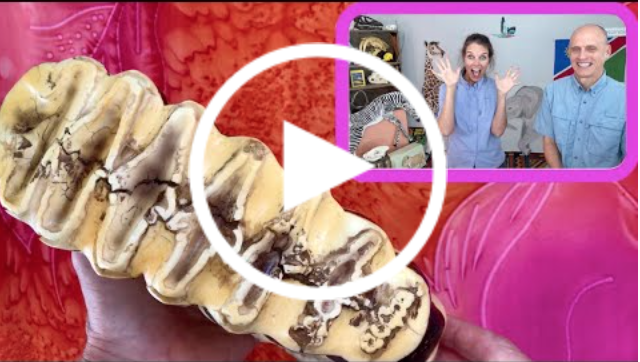
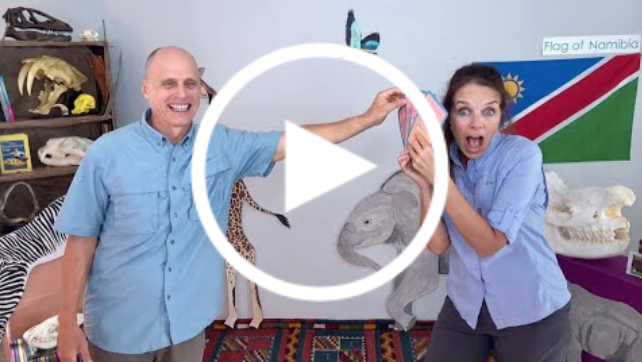
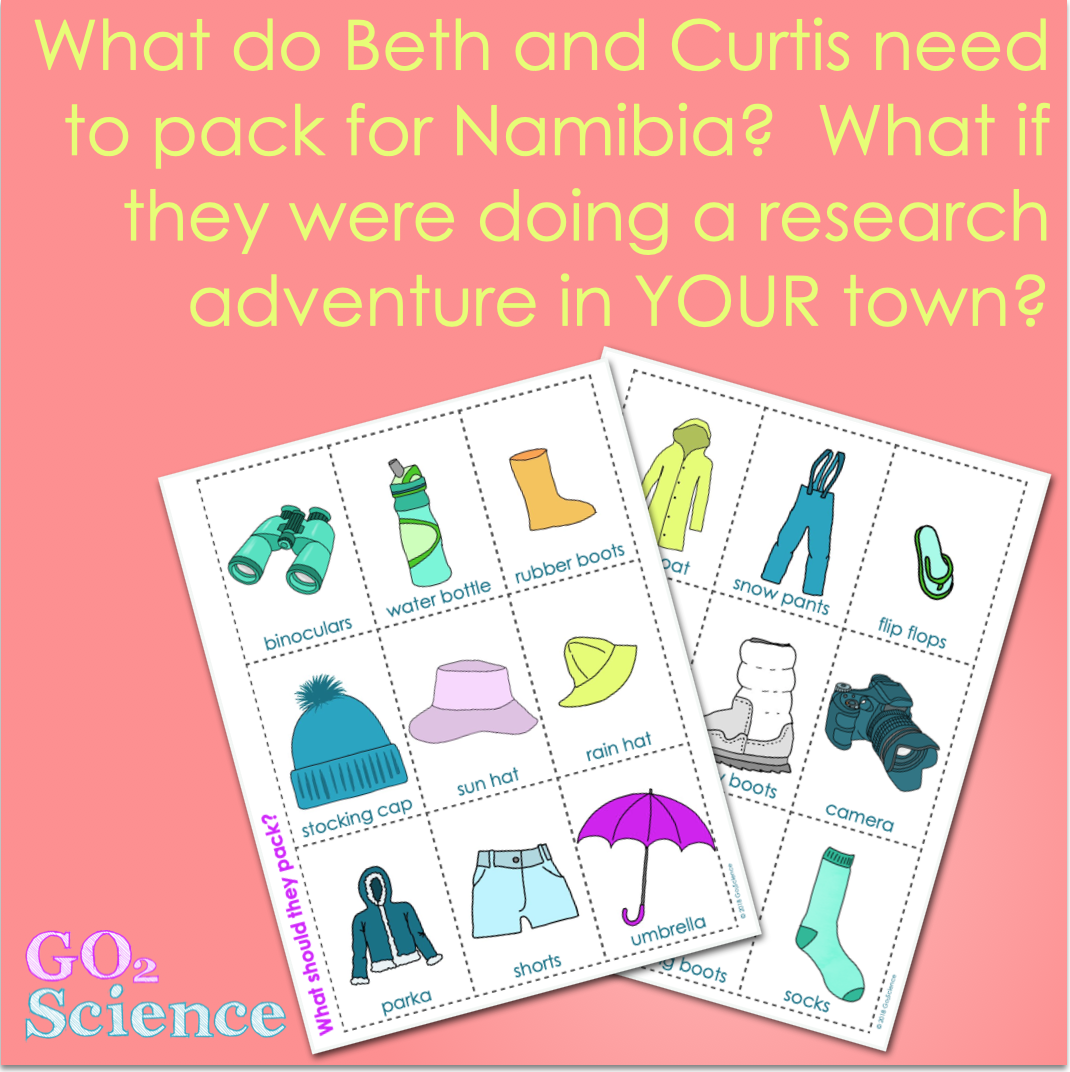
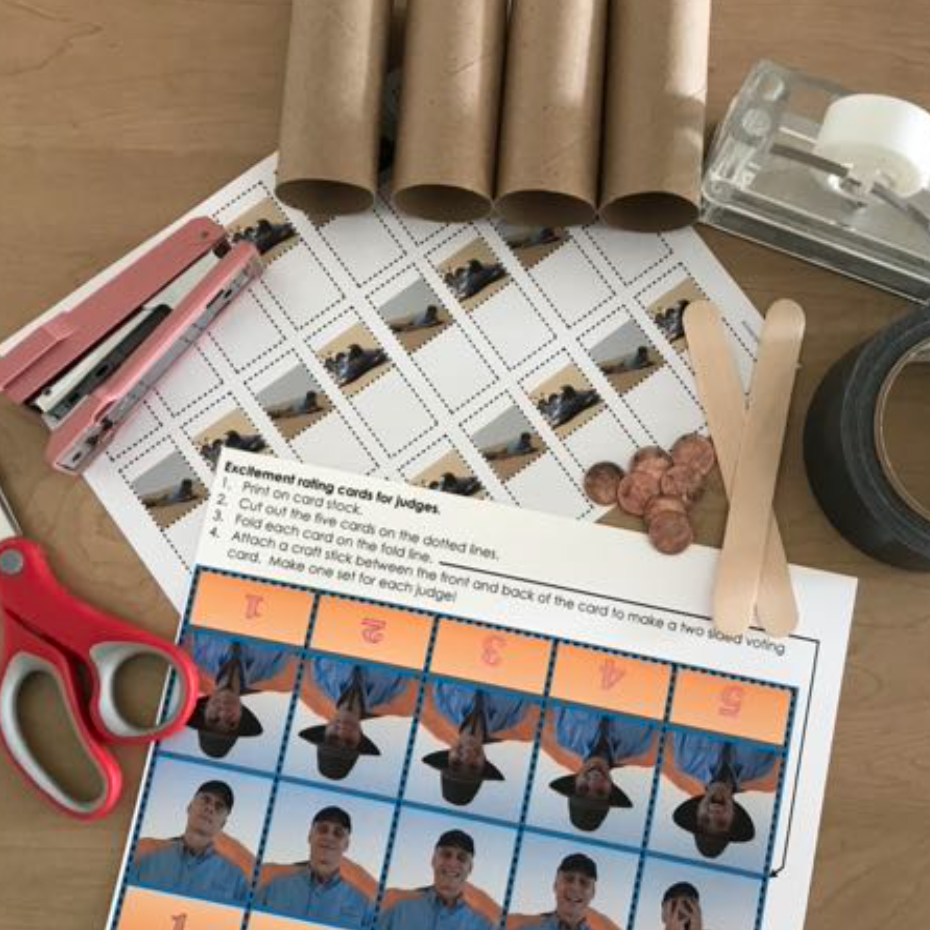
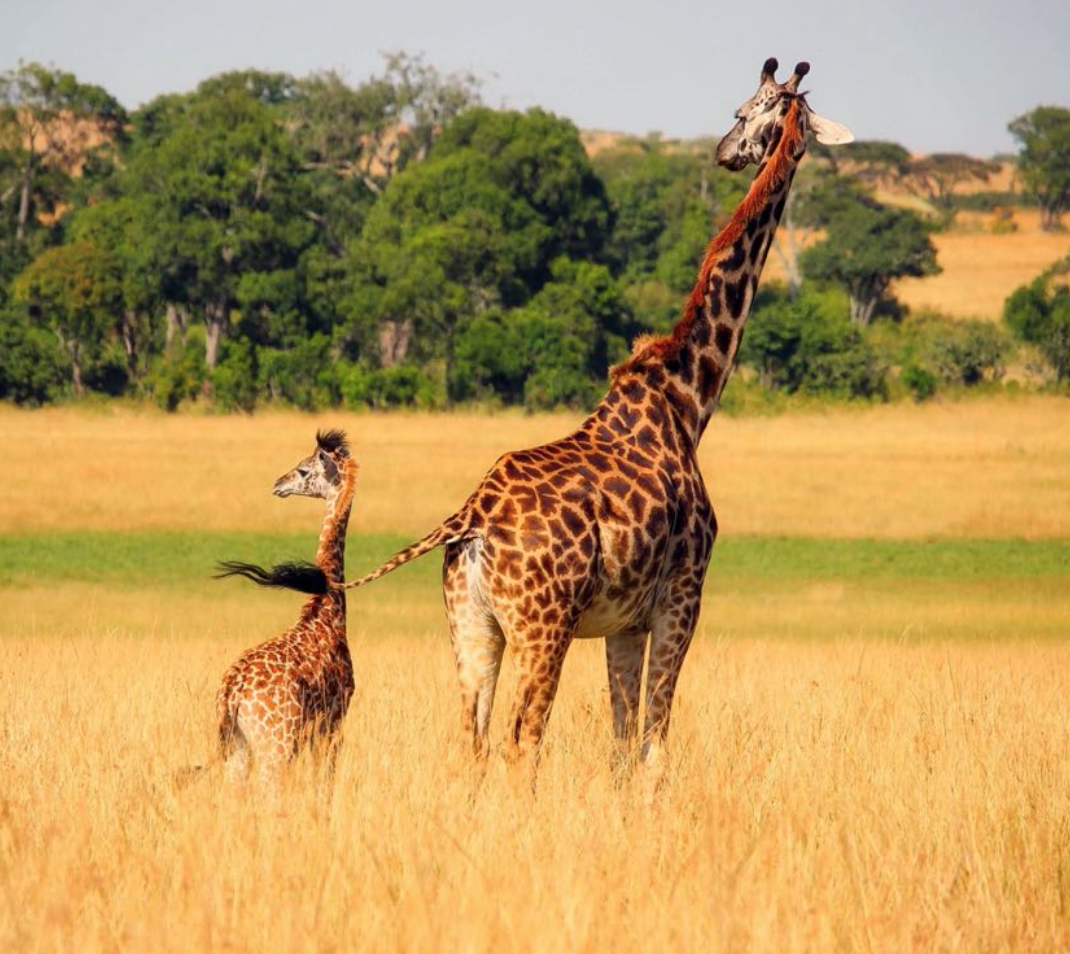
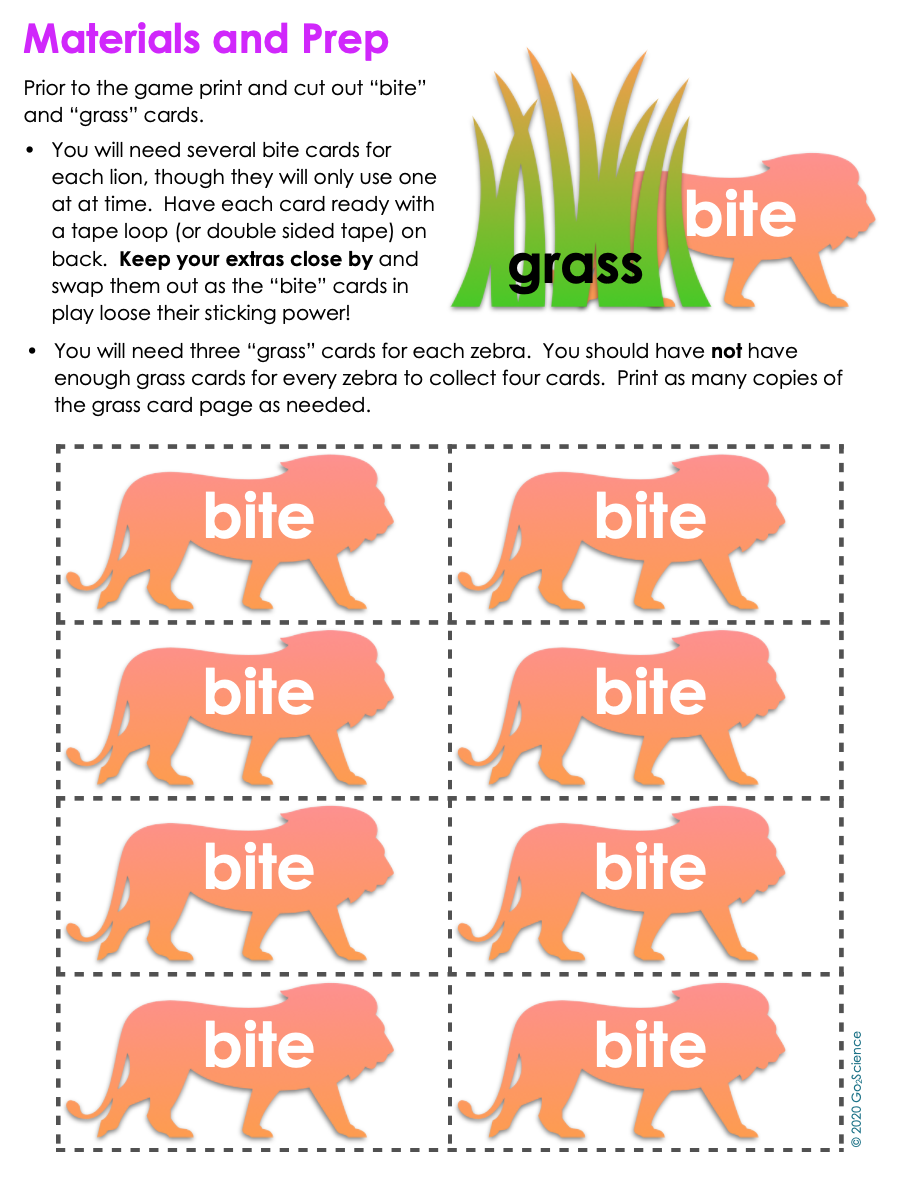
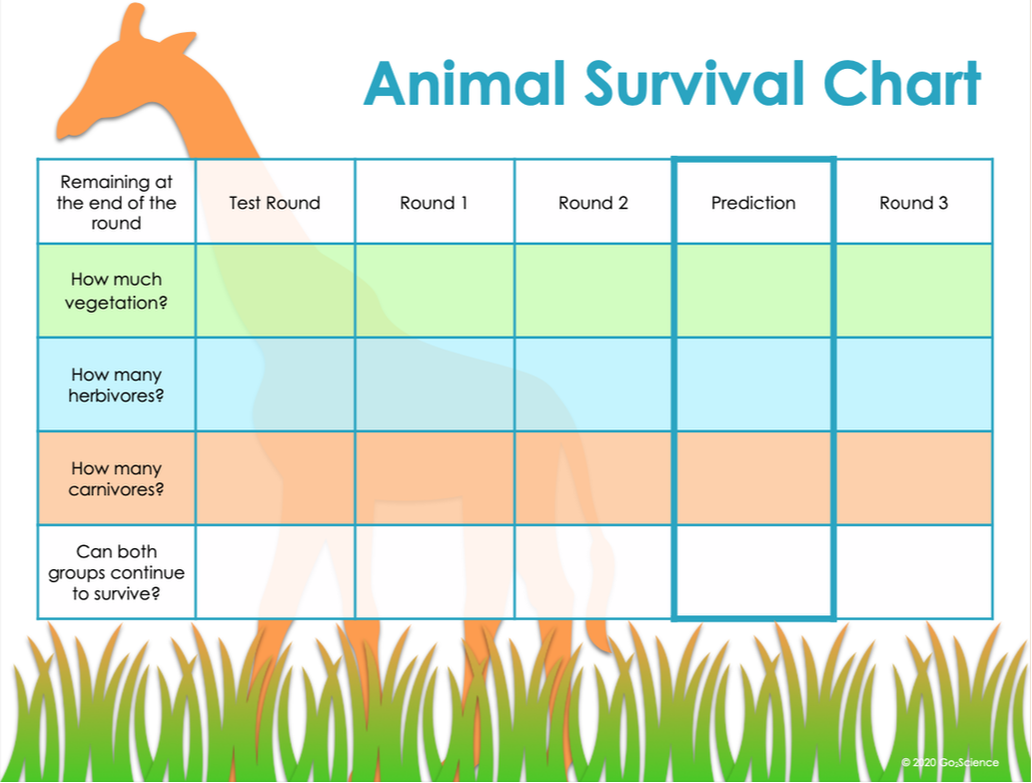
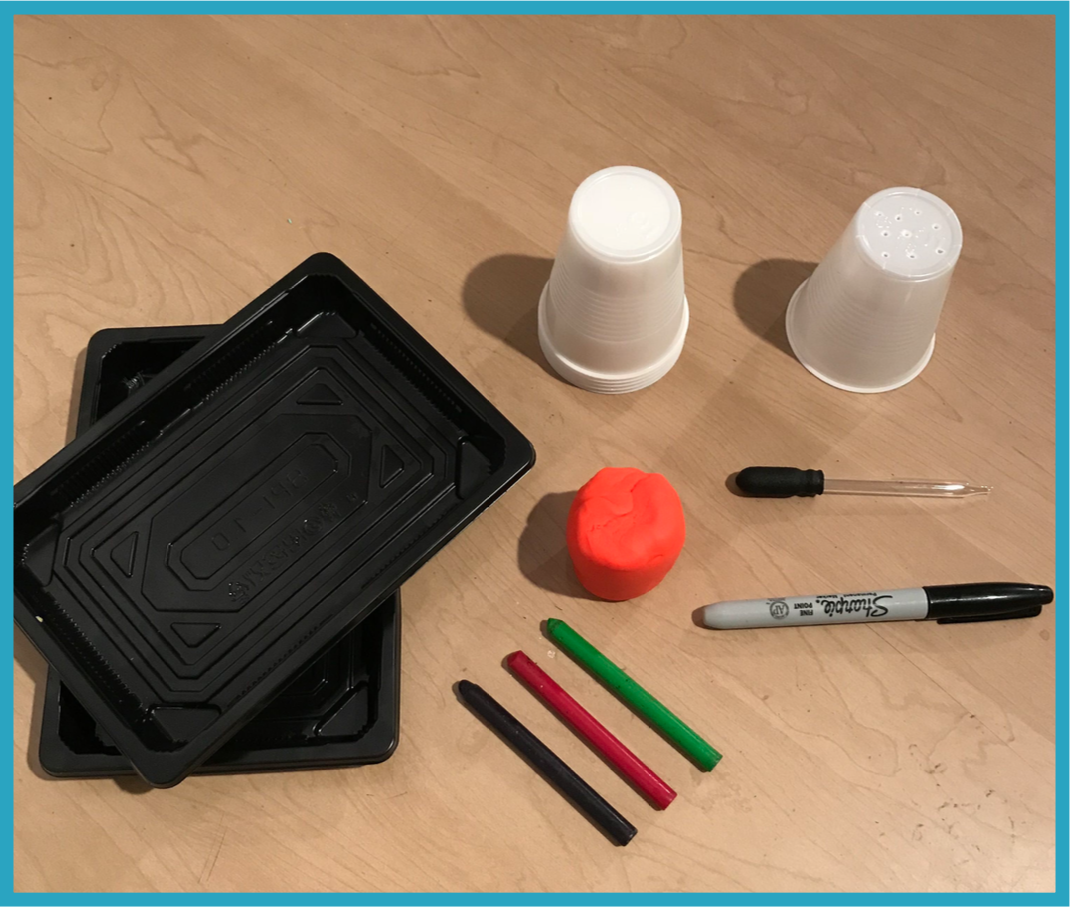
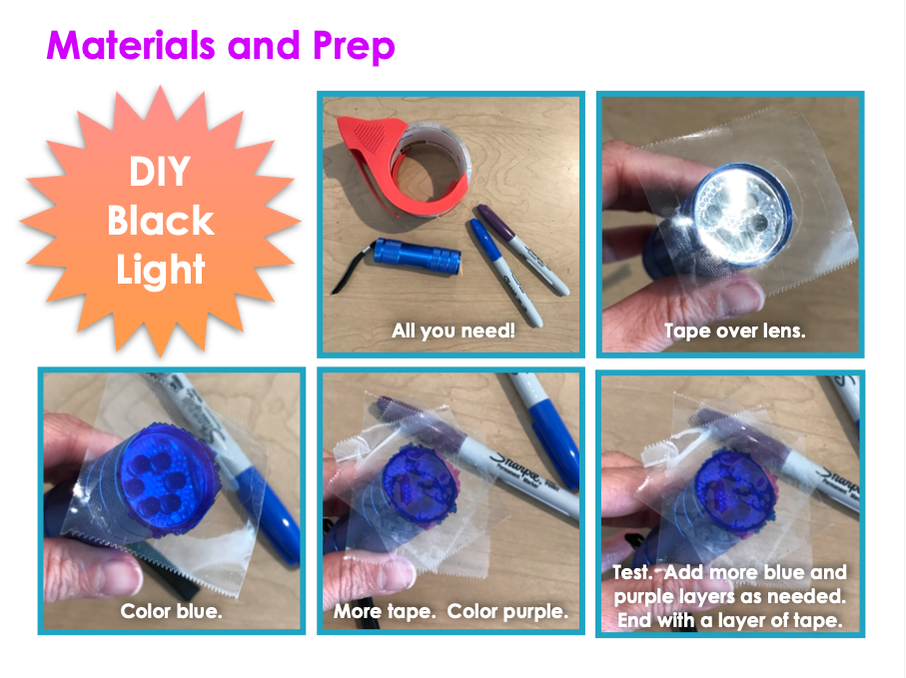
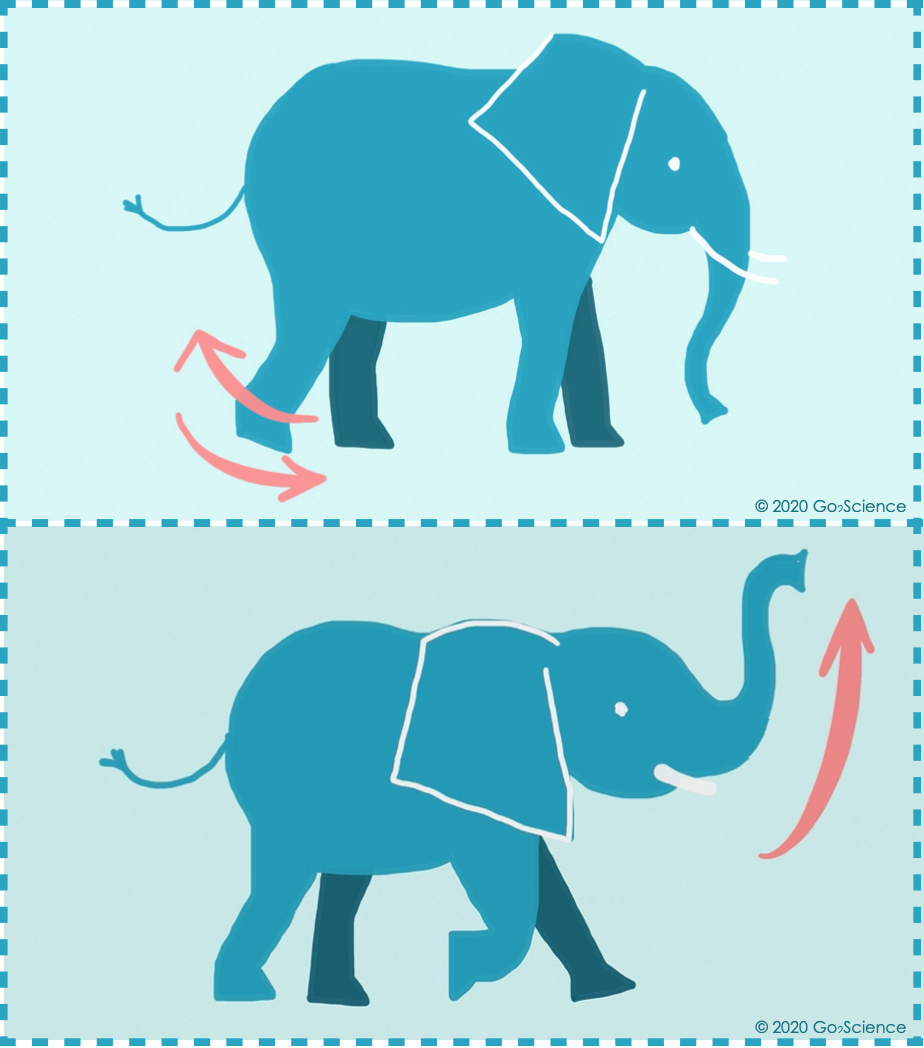
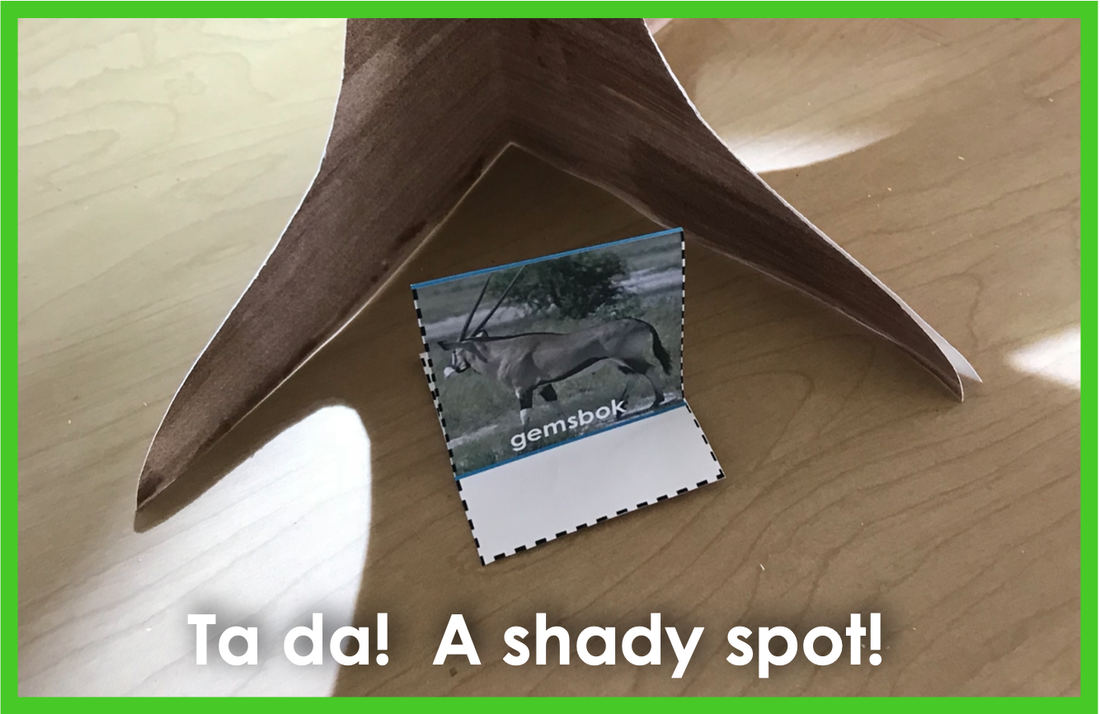
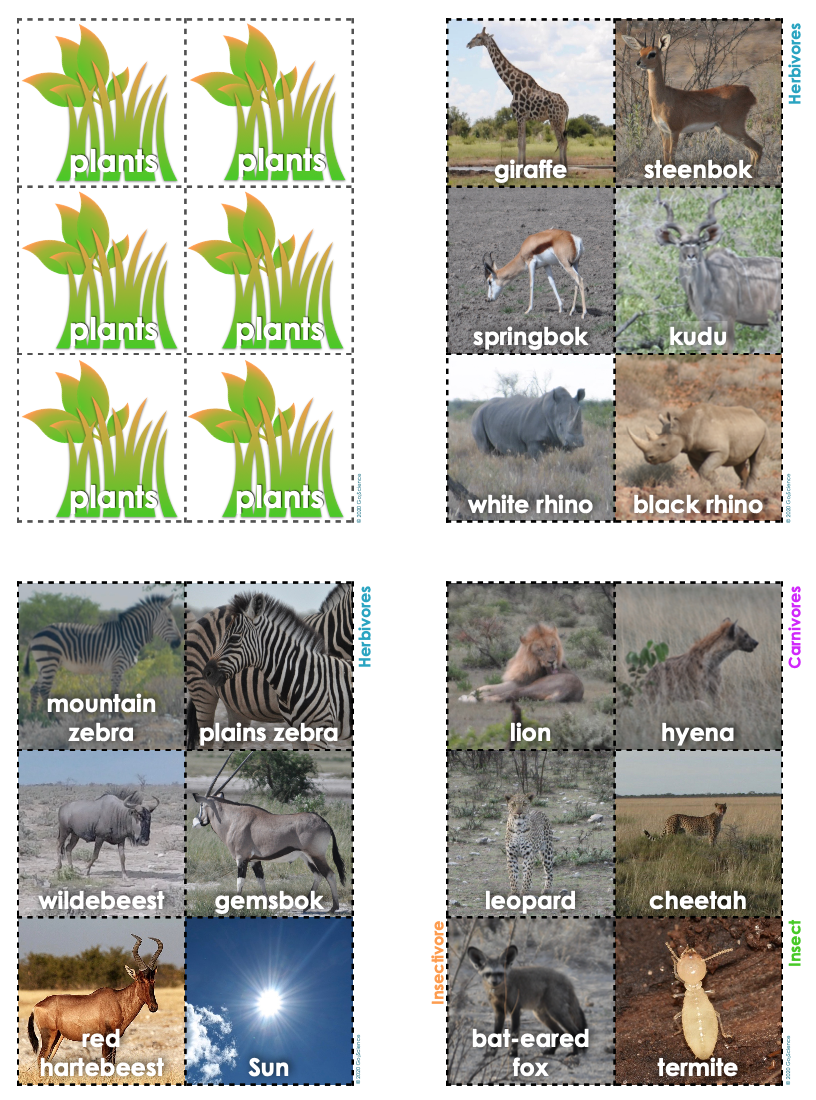
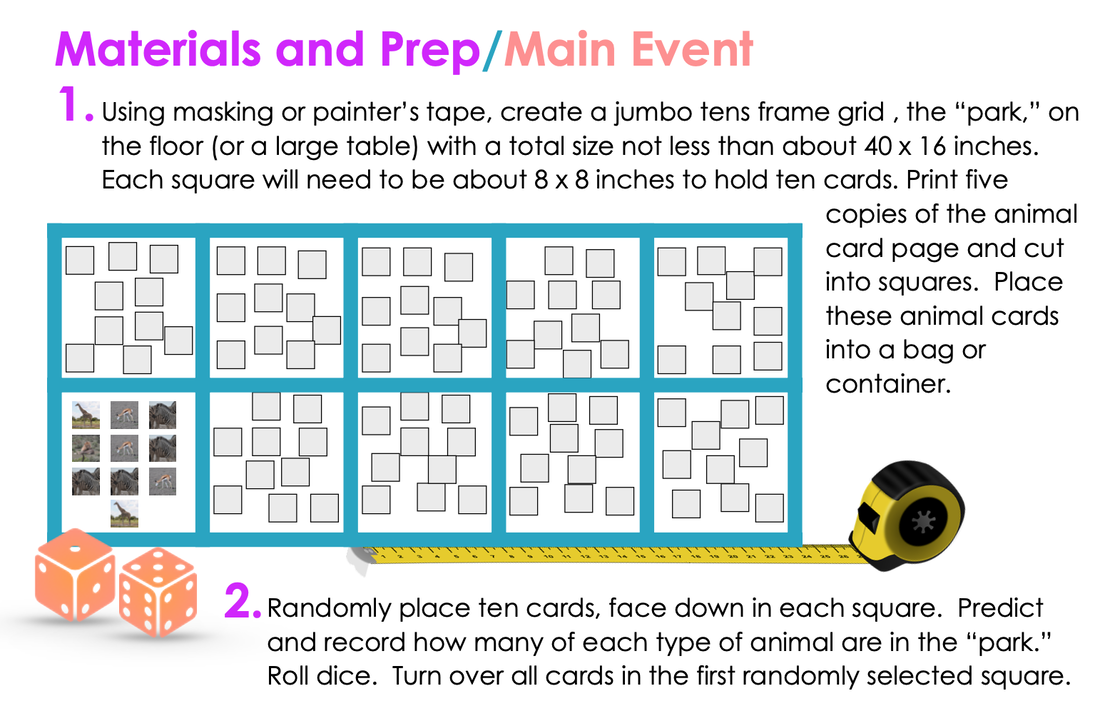
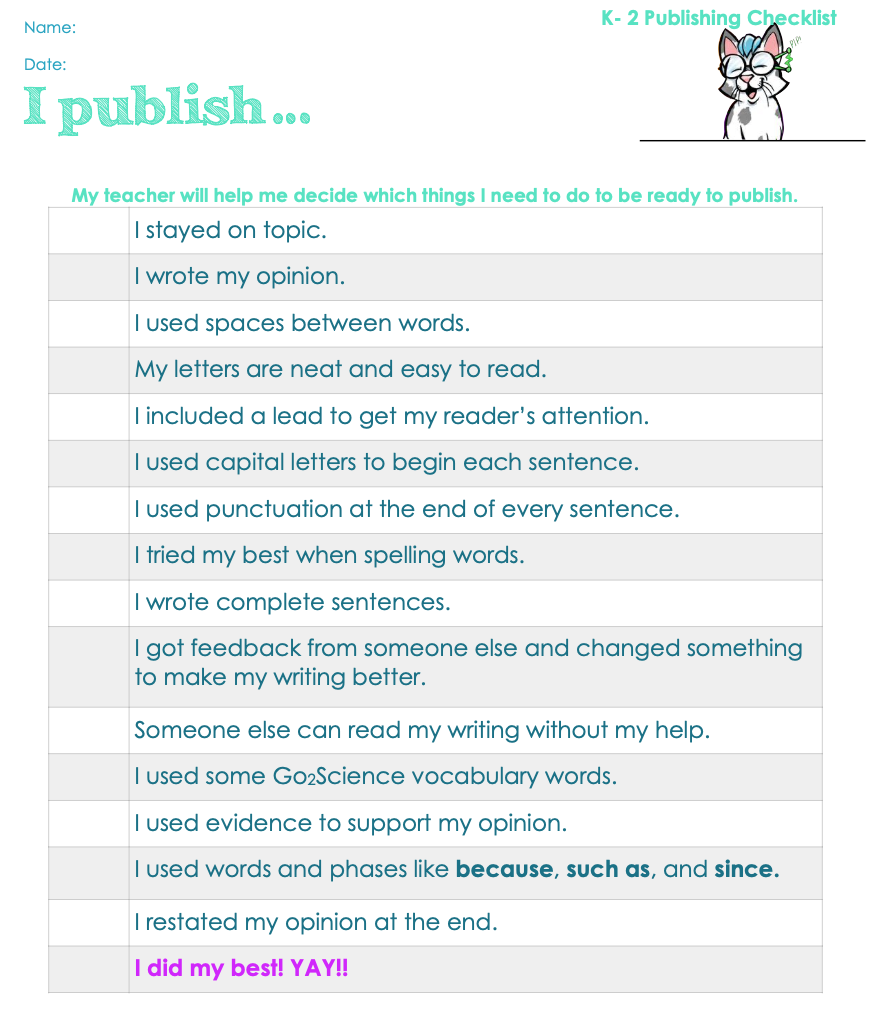
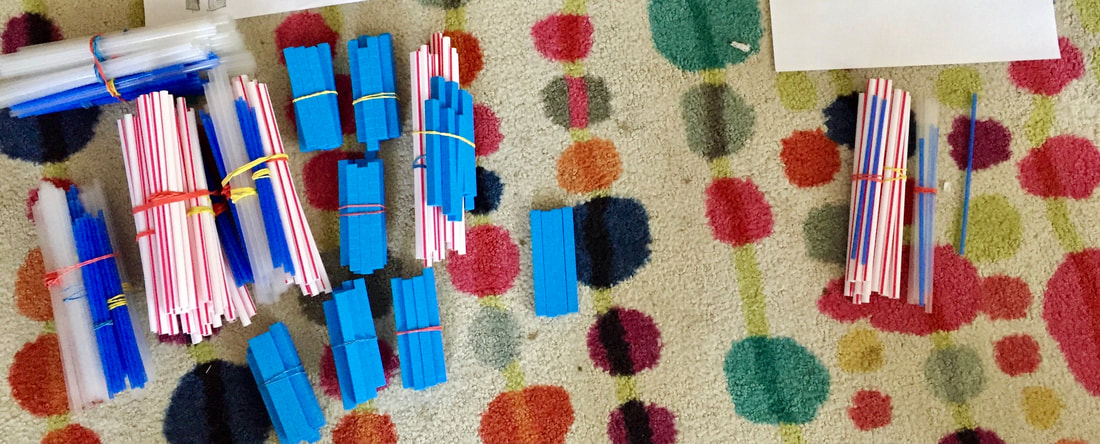
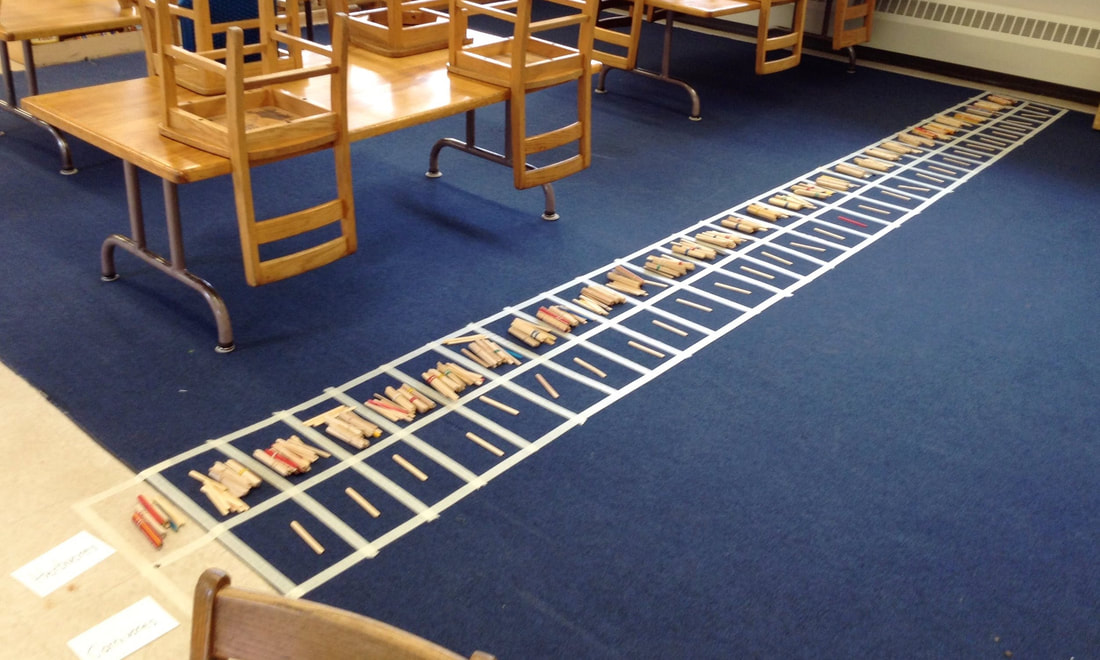
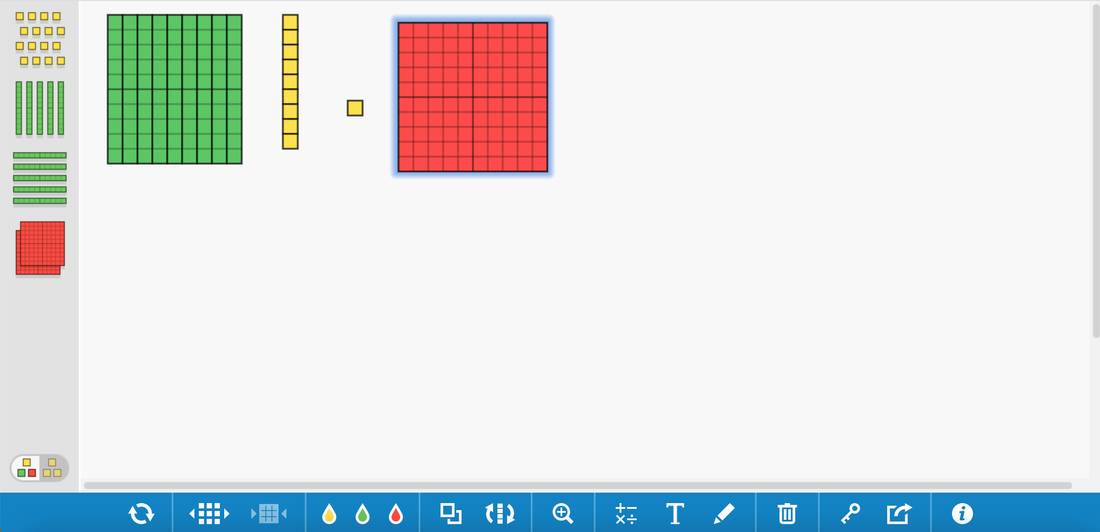
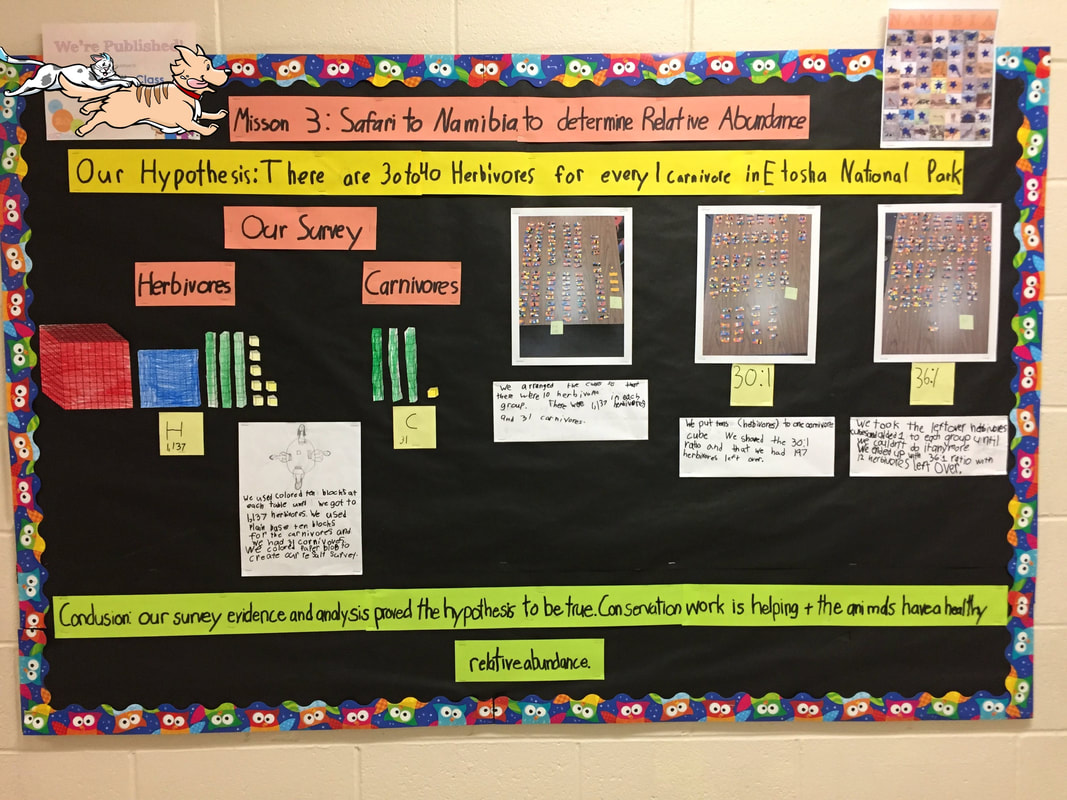
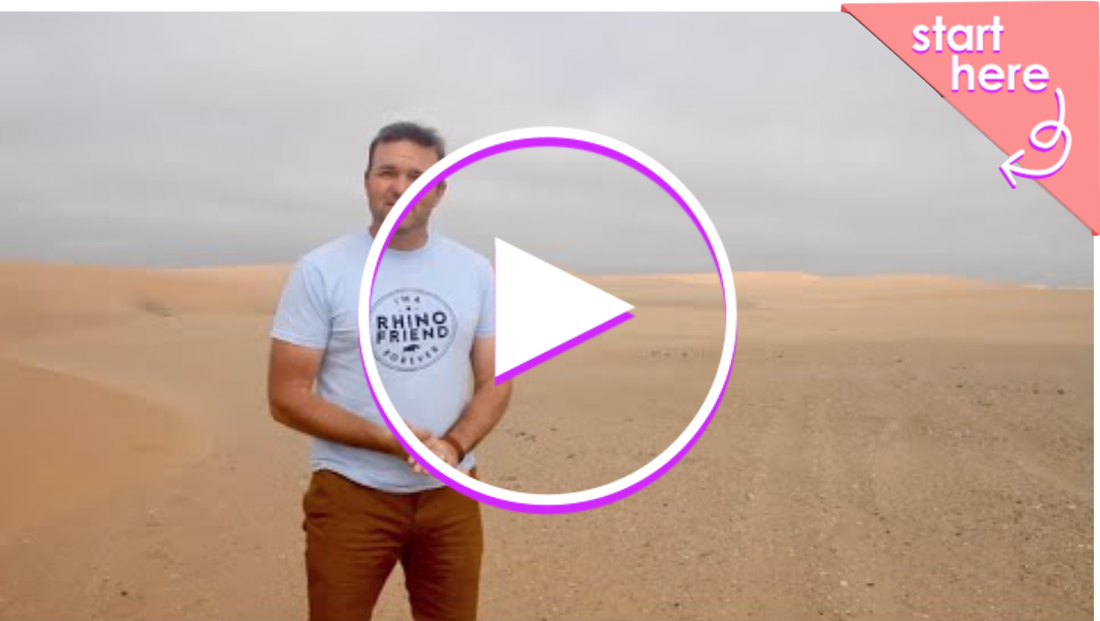
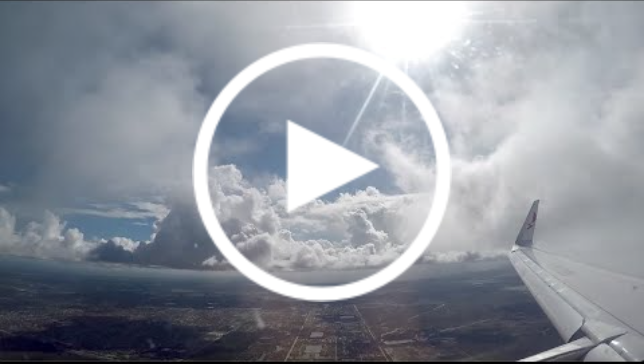
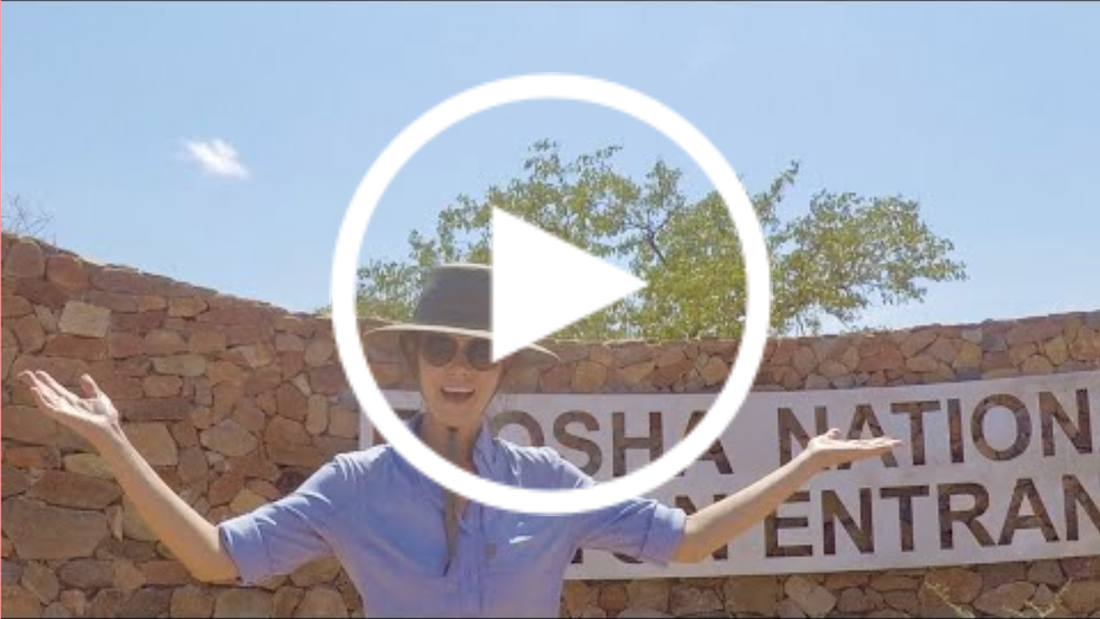
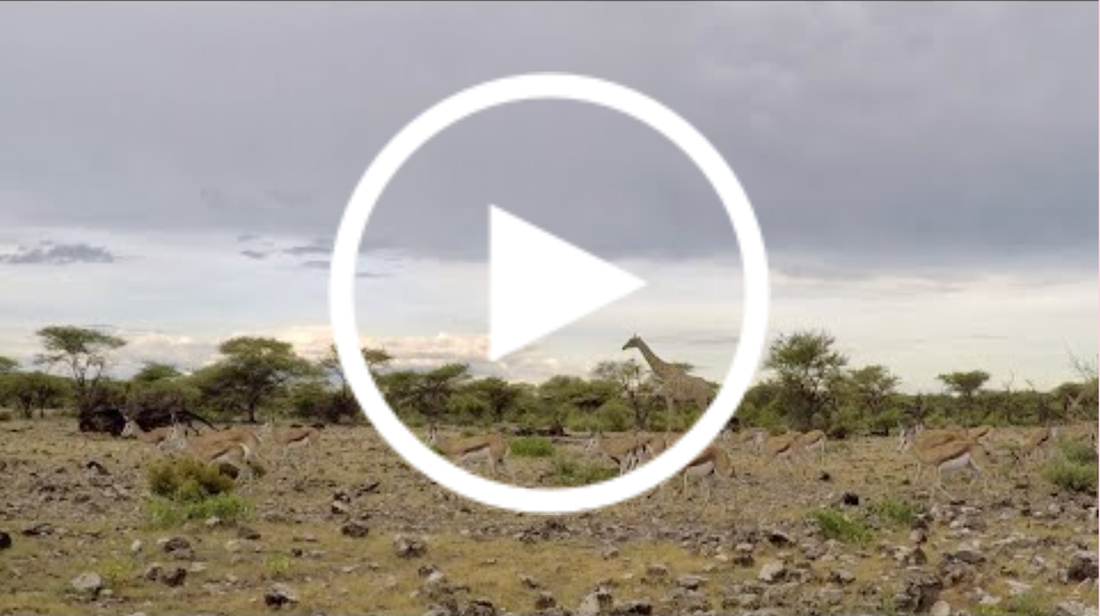
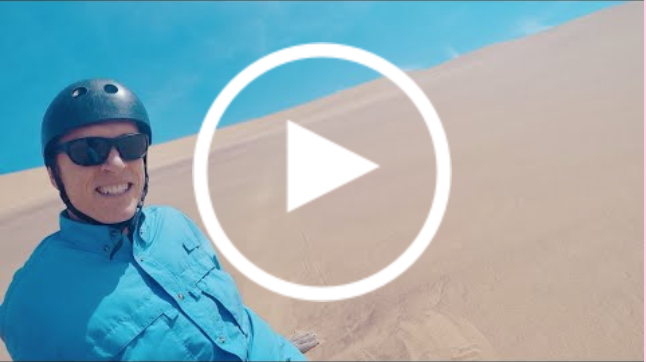
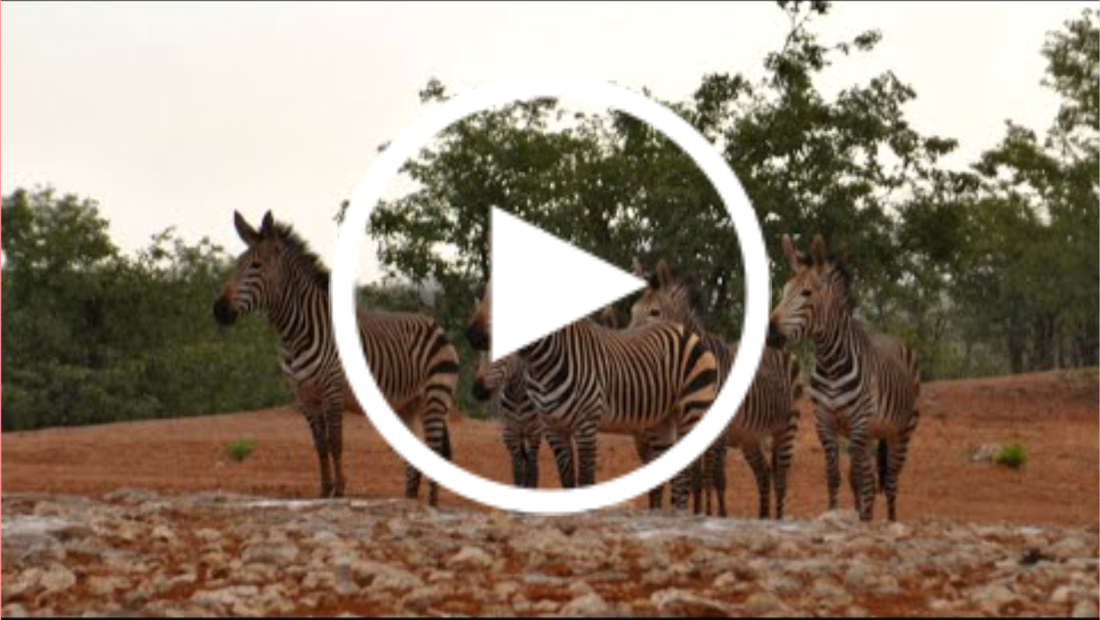
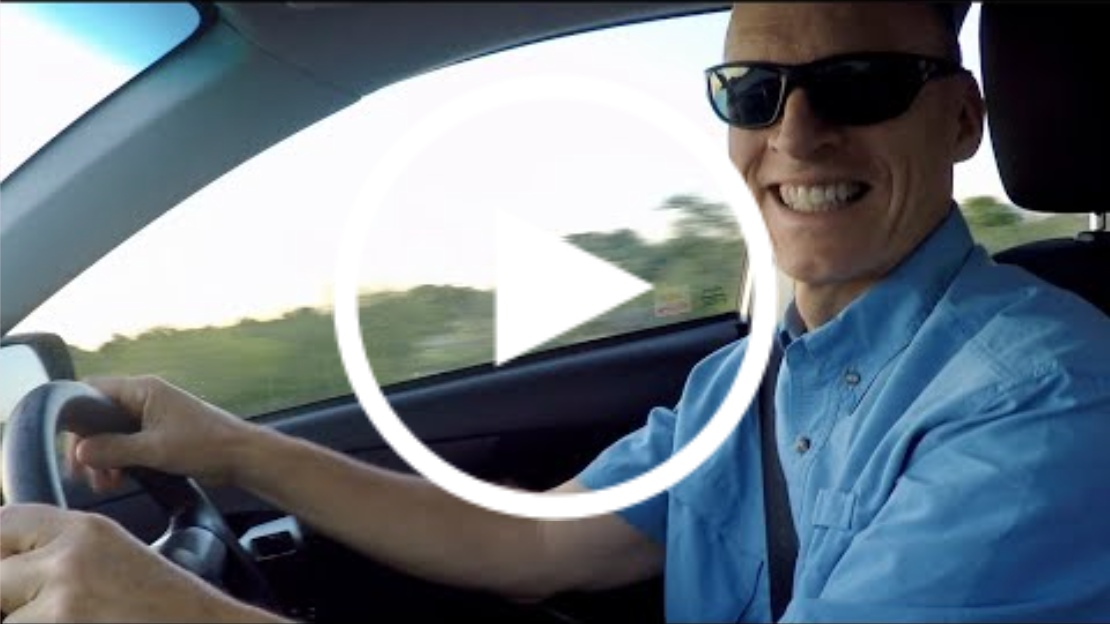
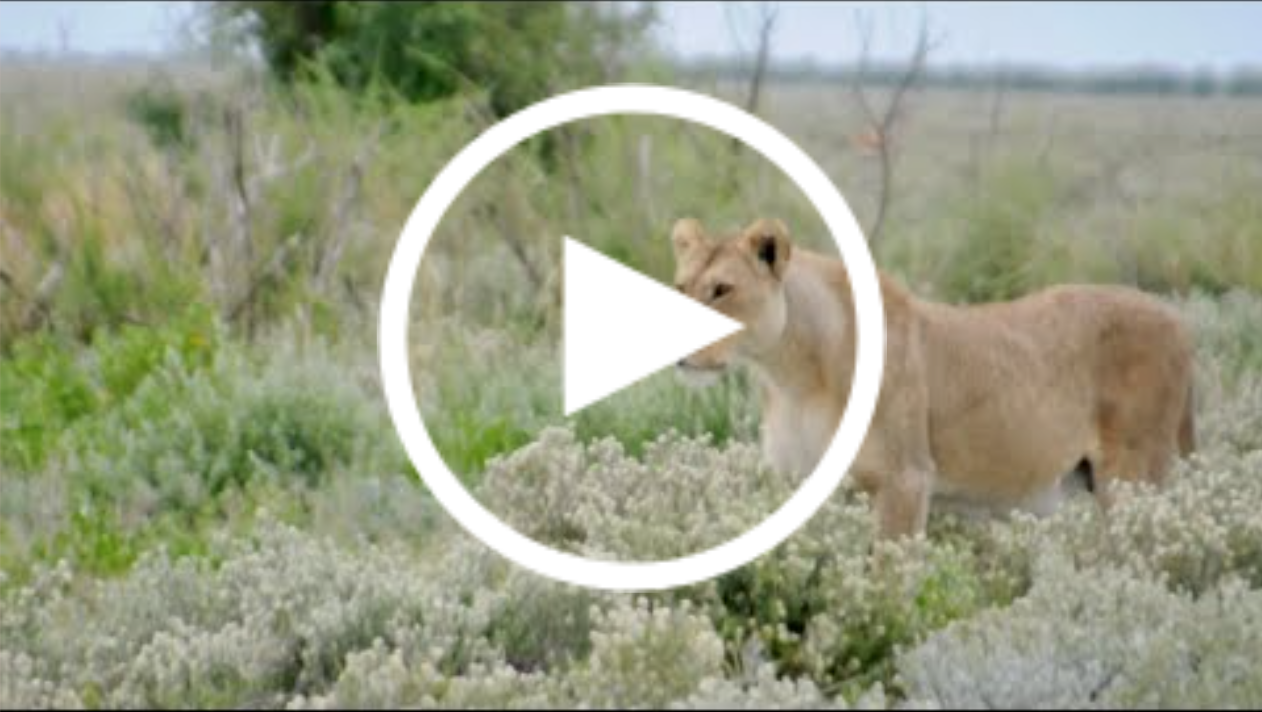
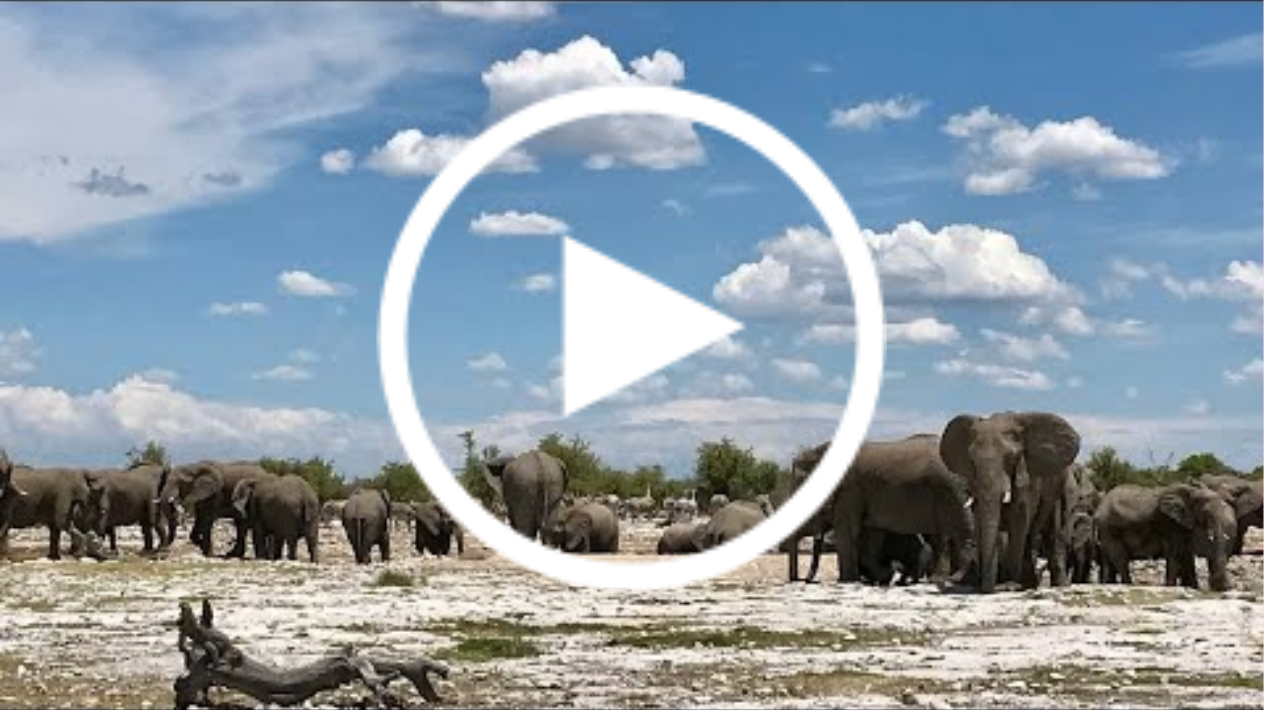
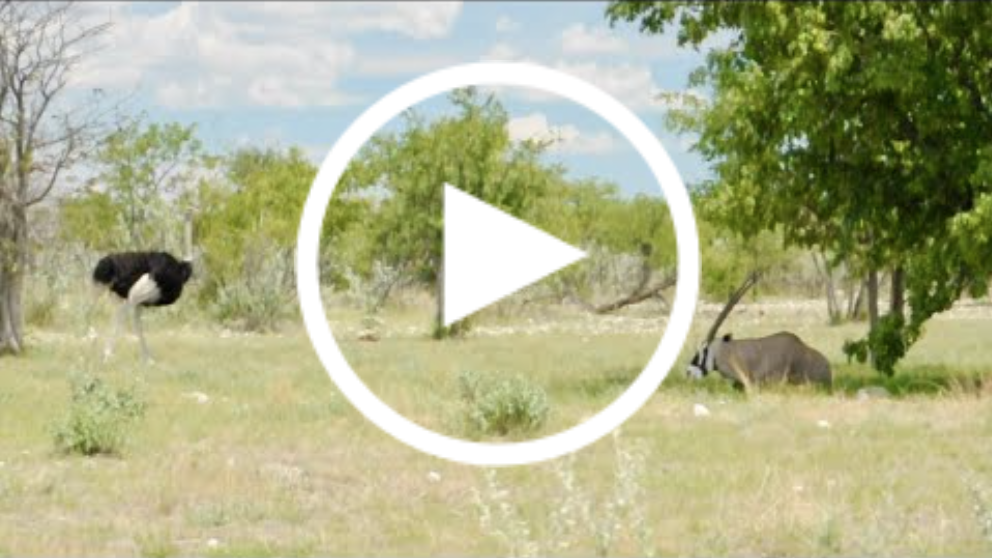
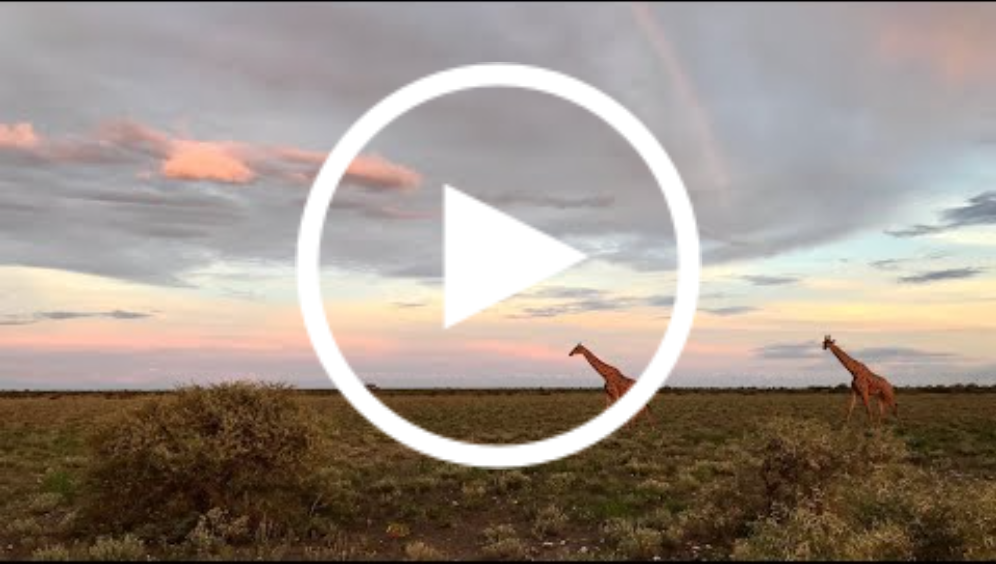
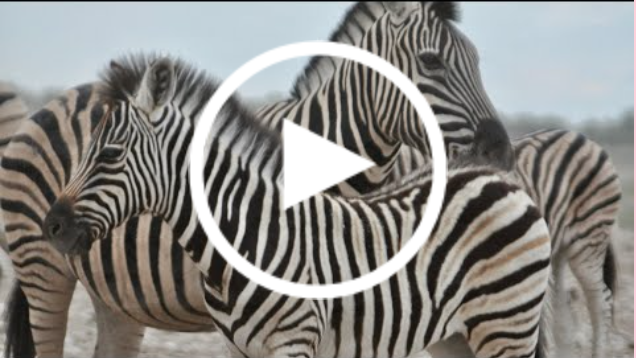
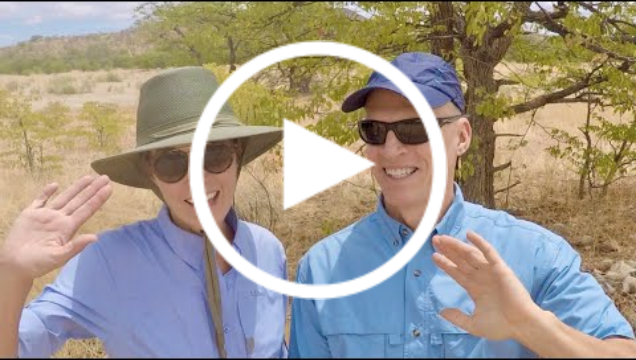
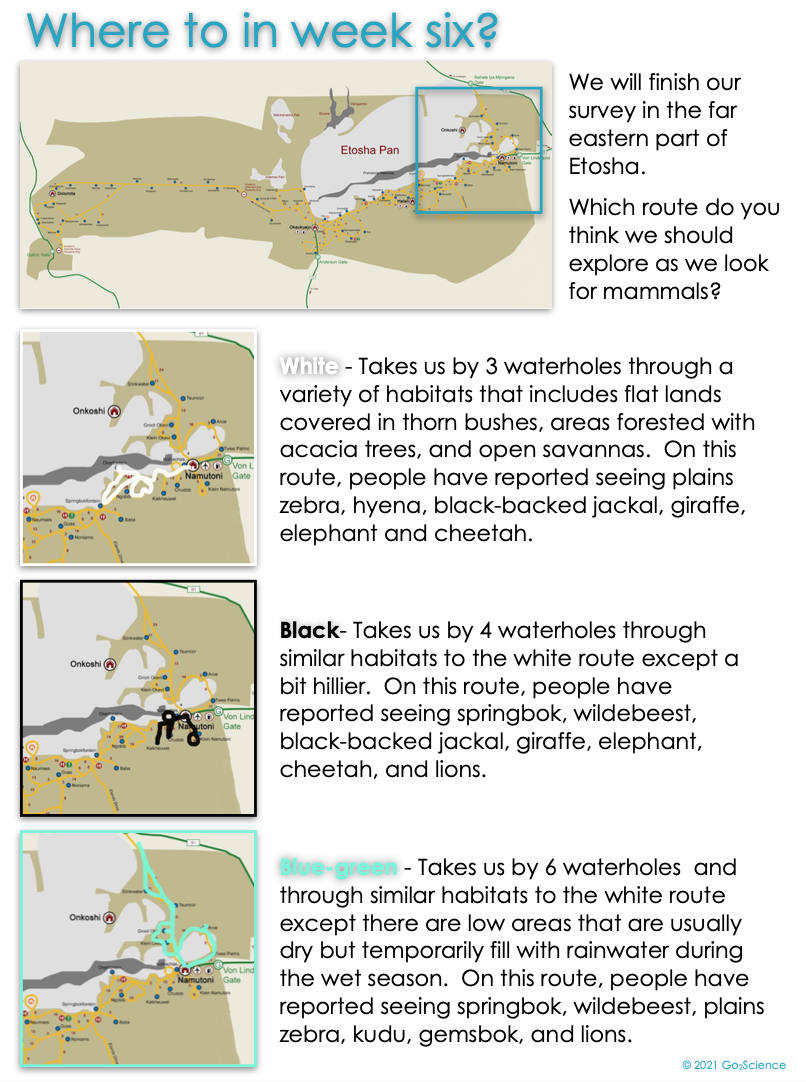

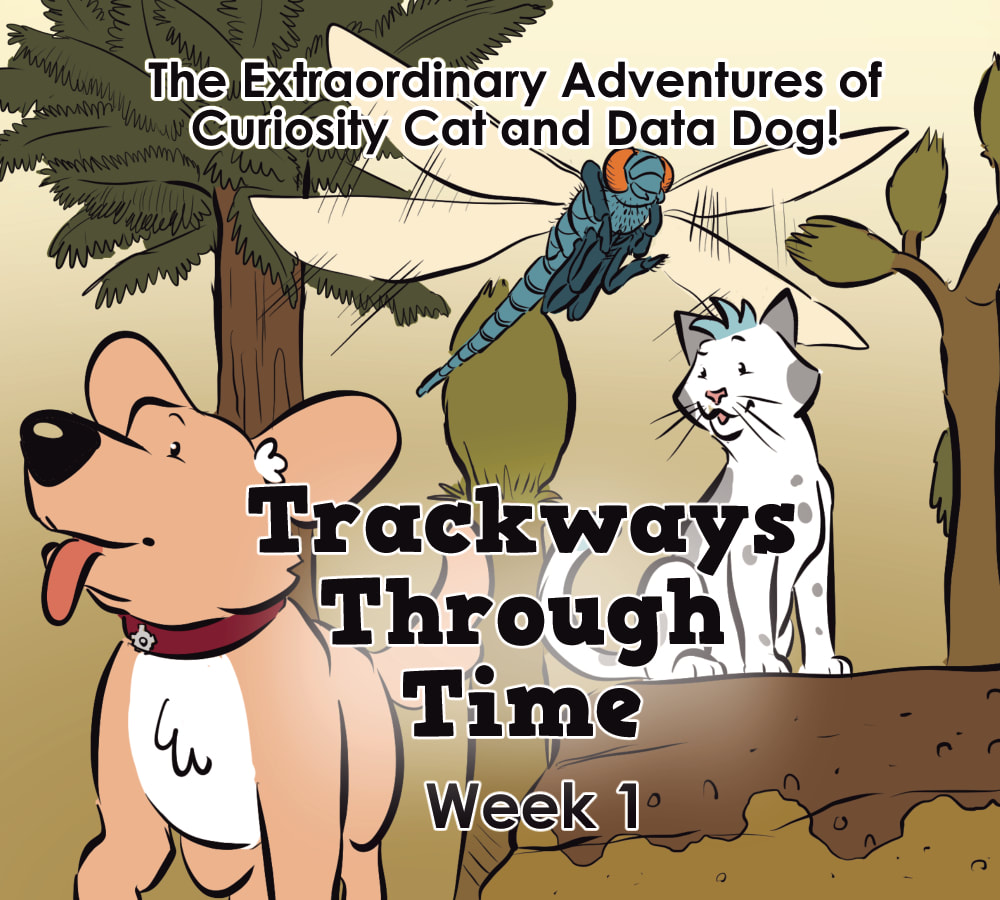
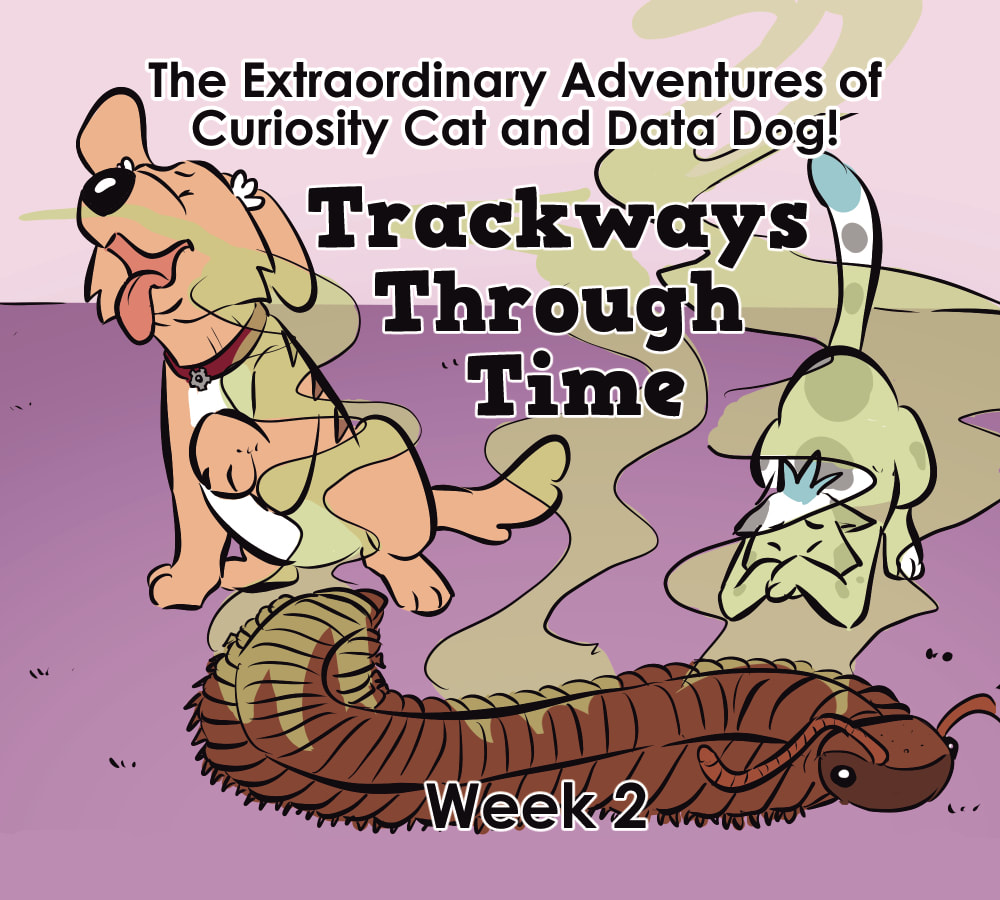
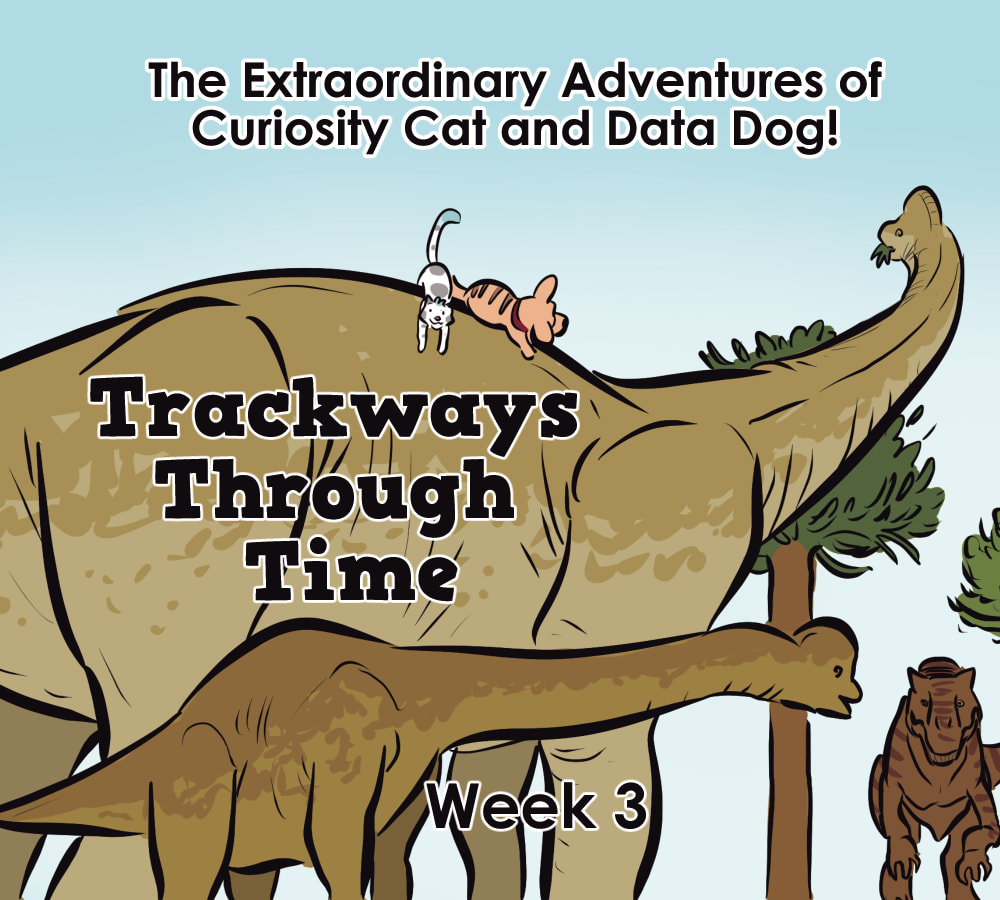
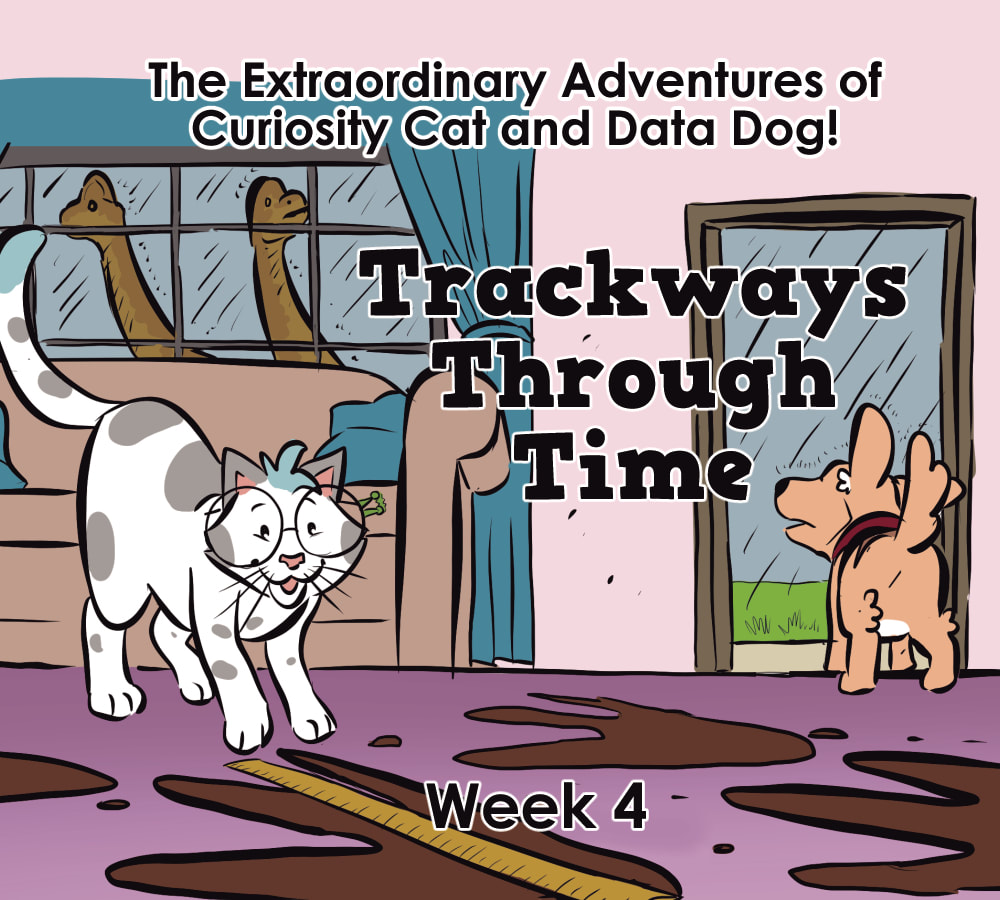
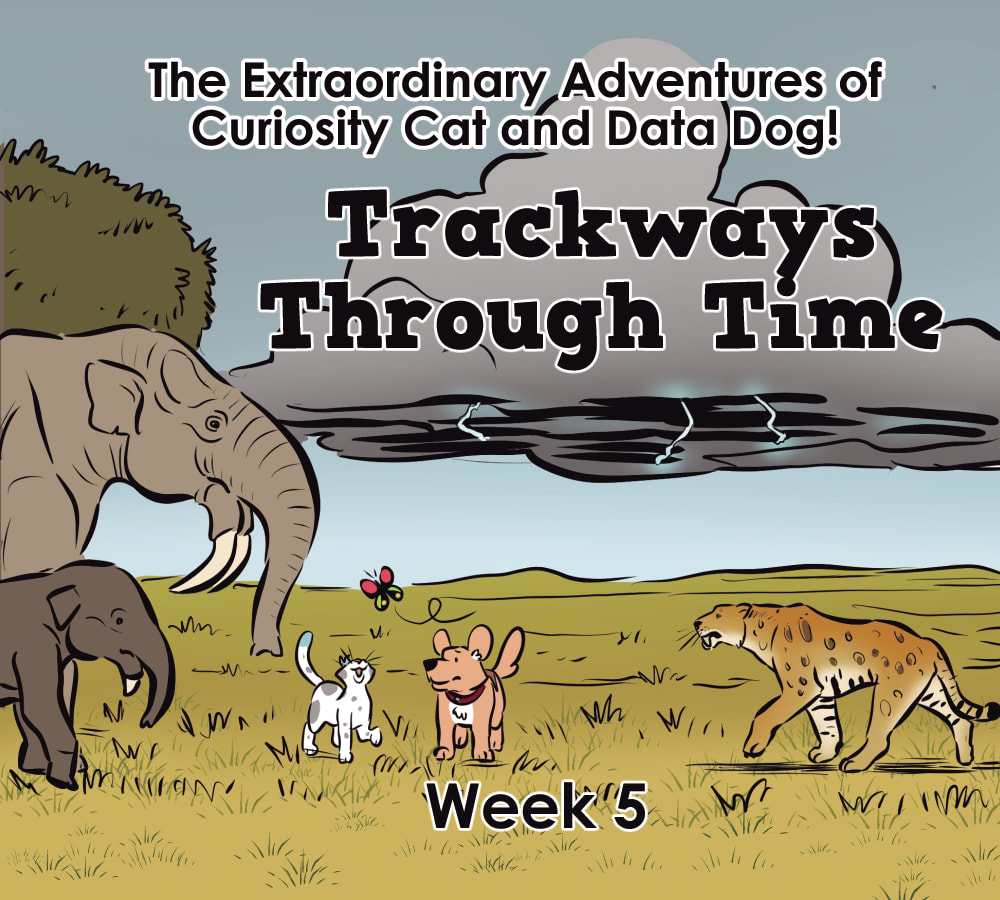
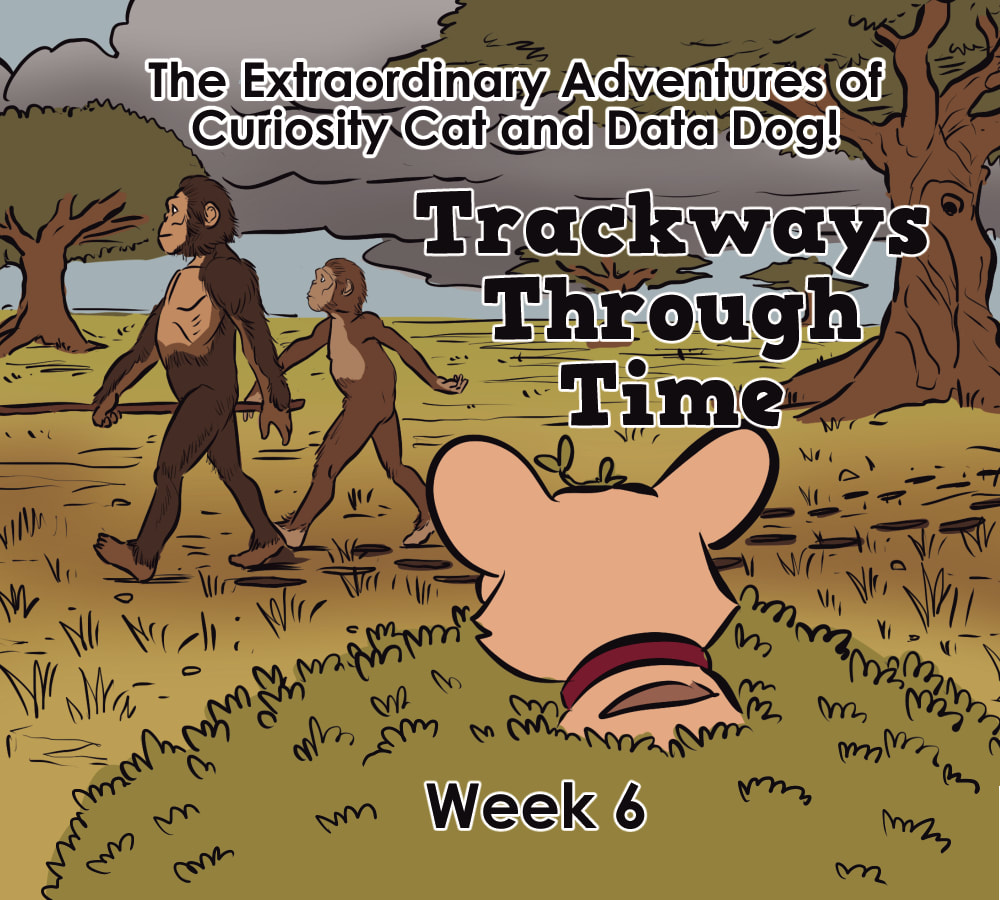
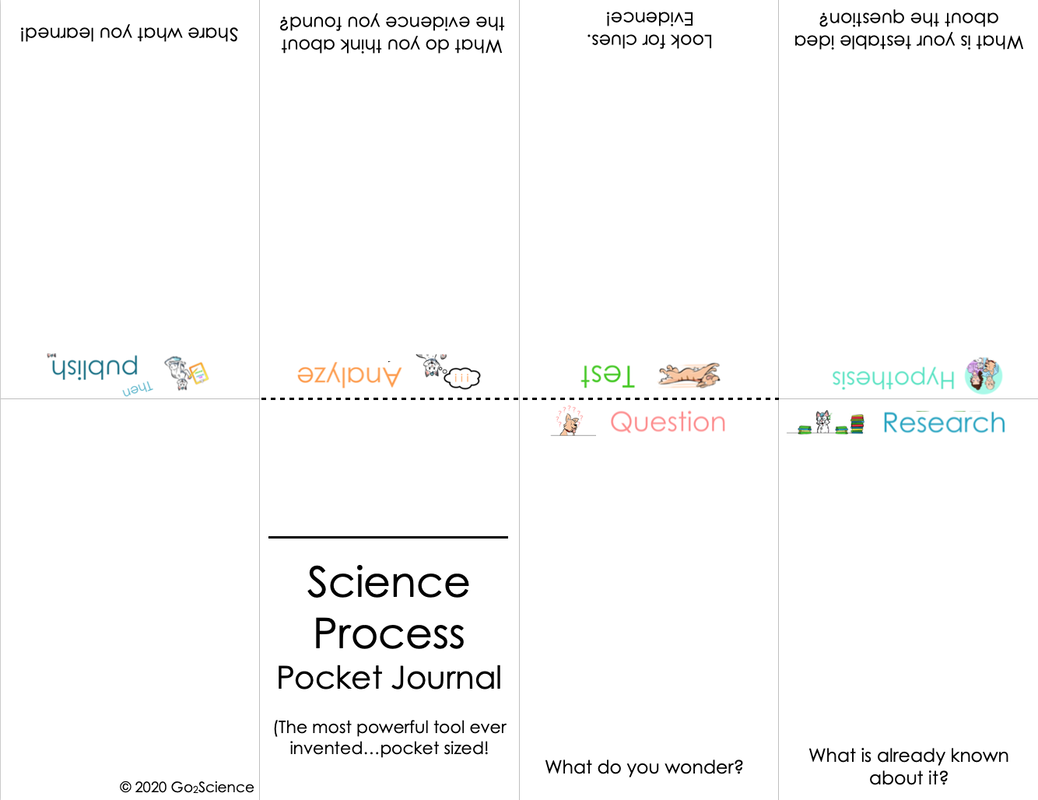

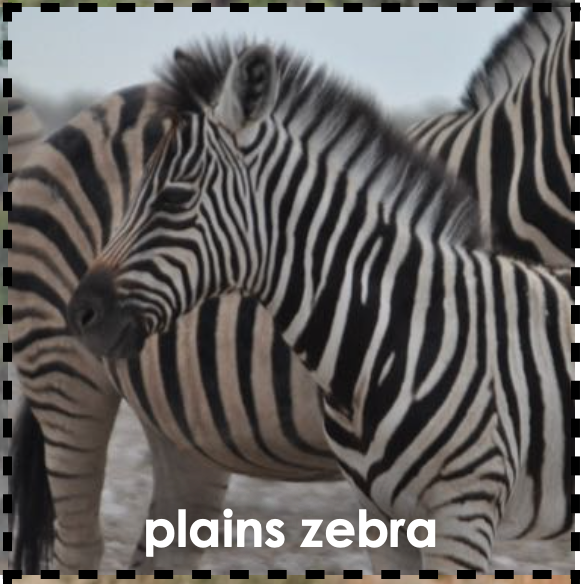
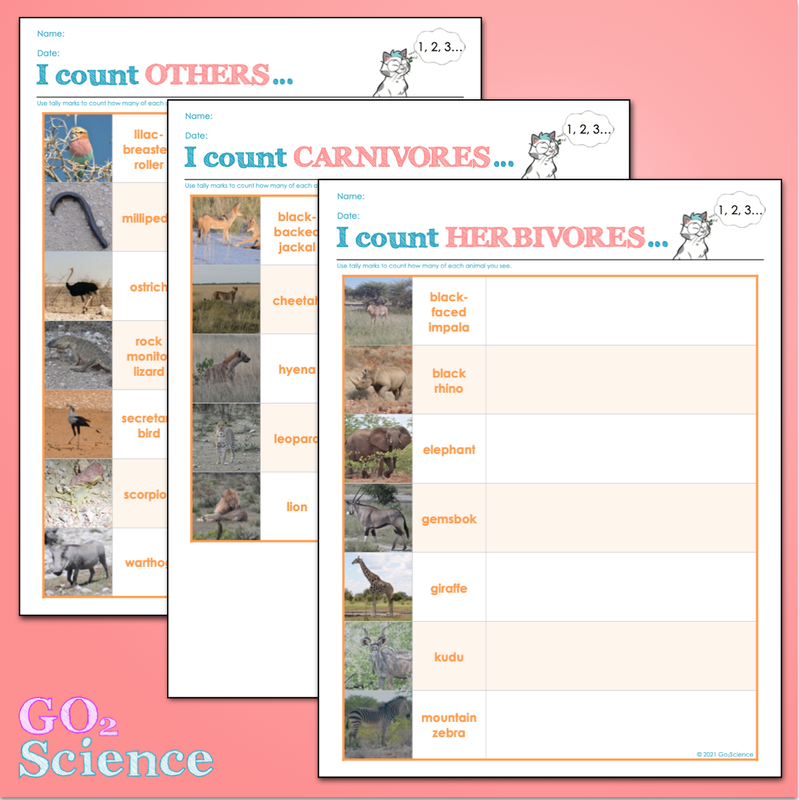

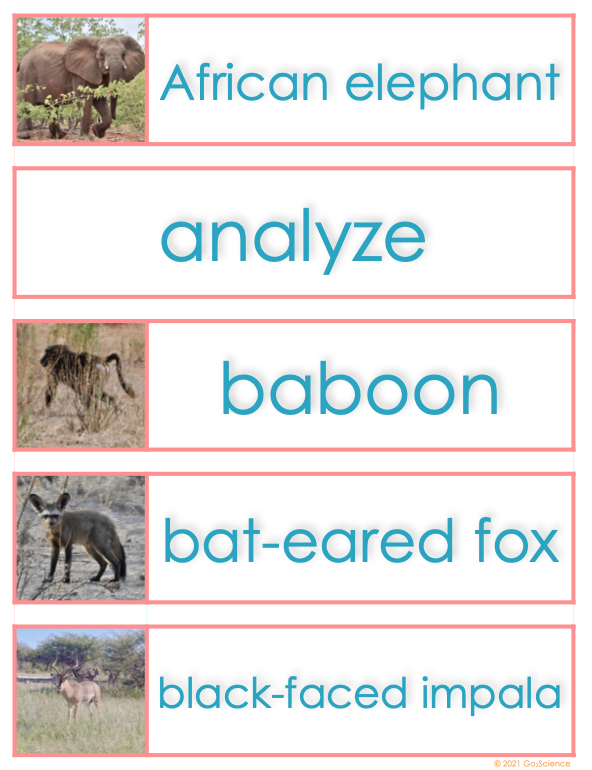
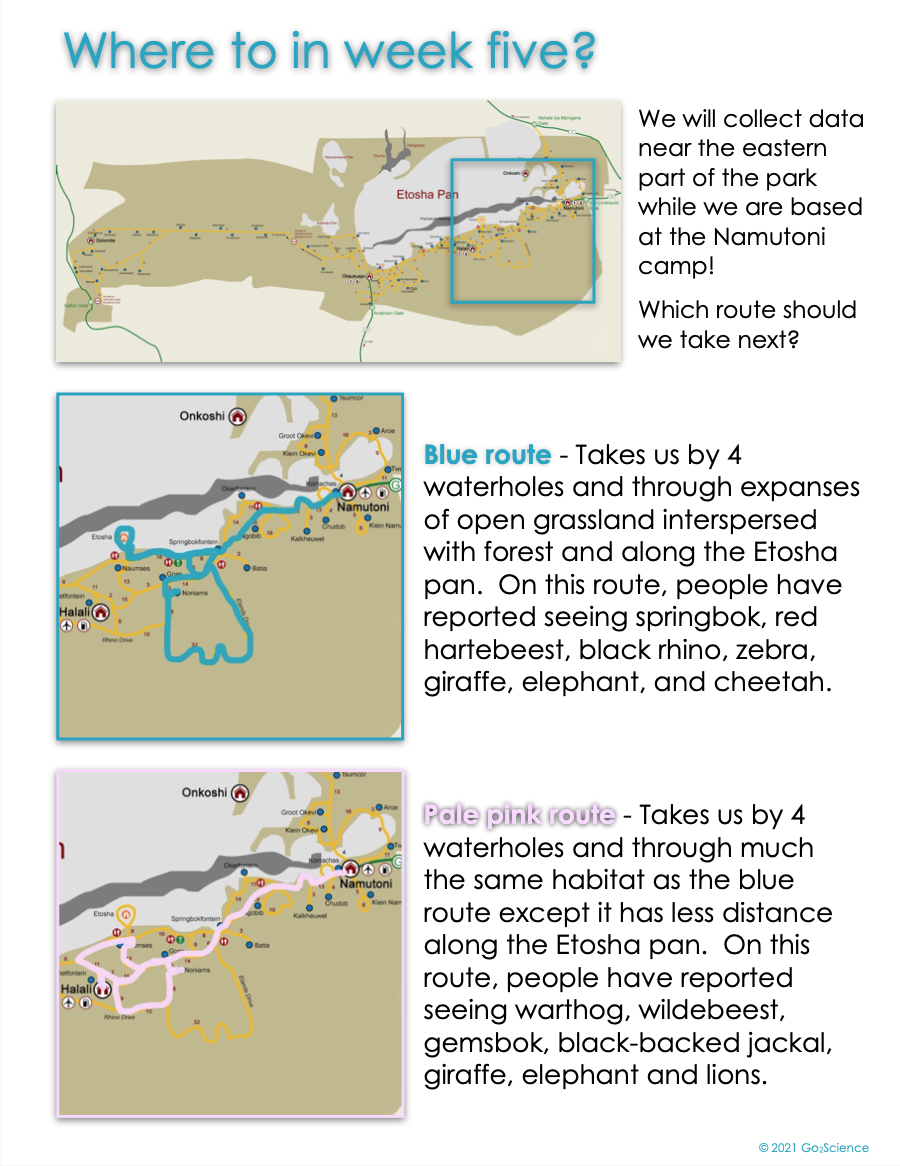
 RSS Feed
RSS Feed
